MULTIMEDIA PROJECT
Create the White Version of a Black Mirror Episode from NETFLIX TV series.
Role & Place: Invited Adjunct Professor at the Superior School of Arts and Design, Polytechnic of Leiria.
IMPORTANT NOTE: The outcomes of this work were developed as part of the Project curricular unit within the bachelor of Graphic and Multimedia Design. The project was publicly presented at the MW Symposium and subsequently published on the YouTube channel. Screenshots, along with the fully embedded video, are included throughout this page. All students provided consent for the screenshots taken during the workshop methods conducted in class, which are also presented at the bottom of this article. All authorship rights to the multimedia materials of the project are reserved and belong exclusively to the students. The image displayed on the cover of this article was selected from the project "Dream Reality". The materials are included in this portfolio solely for academic purposes, such as disseminating knowledge, fostering creative dialogue, and showcasing the collaborative achievements between the students and their professor, in compliance with fair use principles and educational rights.
Video
Post-production
UX/UI Design
Wearables
CONTEXT
Imagine a future, where technologies will naturally evolve in order to assist humans on their daily lives, leveraging society to the next evolution level. While technology aims to provide a brighter future for humans to achieve their best accomplishments, there are unanticipated consequences that inevitably occur during its initial experiments, before it becomes fully integrated and settled within human practices.
“Black Mirror” is a television science fiction anthology series that explores these unanticipated consequences of new technologies in modern society. Episodes are standalone, usually set in an alternative present or the near future, often with a satirical tone, though some are more experimental and lighter. According to IMDb, the series, divided into several seasons, explore a high-tech world where humanity’s greatest innovations and darkest instincts collide (https://pt.wikipedia.org/wiki/Black_Mirror).
While the series of “Black Mirror” may represent possible scenarios in the future, the goal of technology is to shape human behavior towards its positive change. Several initiatives that support this change have been emerging within the technology industry such as Games for Change, UX for Good and Design for Good.
There is a growing interest for technologists, to understand how our digital experience is impacting our emotions, our quality of life, and our happiness. These initiatives reflect the term of positive computing - the development of technology to support wellbeing and human potential (Calvo, R. A., & Peters, D., 2014).
Briefing References
Calvo, Rafael A., and Dorian Peters. "Positive Computing: Technology for Well-Being and Human Potential." (2014).
CHALLENGE
The goal of this project is to choose one of the Black Mirror episodes and create the White Mirror version by answering the following:
- What can be the “White Mirror” version of this episode?
- Which positive emotions can emerge from the addressed technologies?
methodology
The methodology was based on a design thinking approach, human-centered and applied mixed methods. The ideation and development stage included UX methods for interface design and combined animation methods for presenting the prototype.
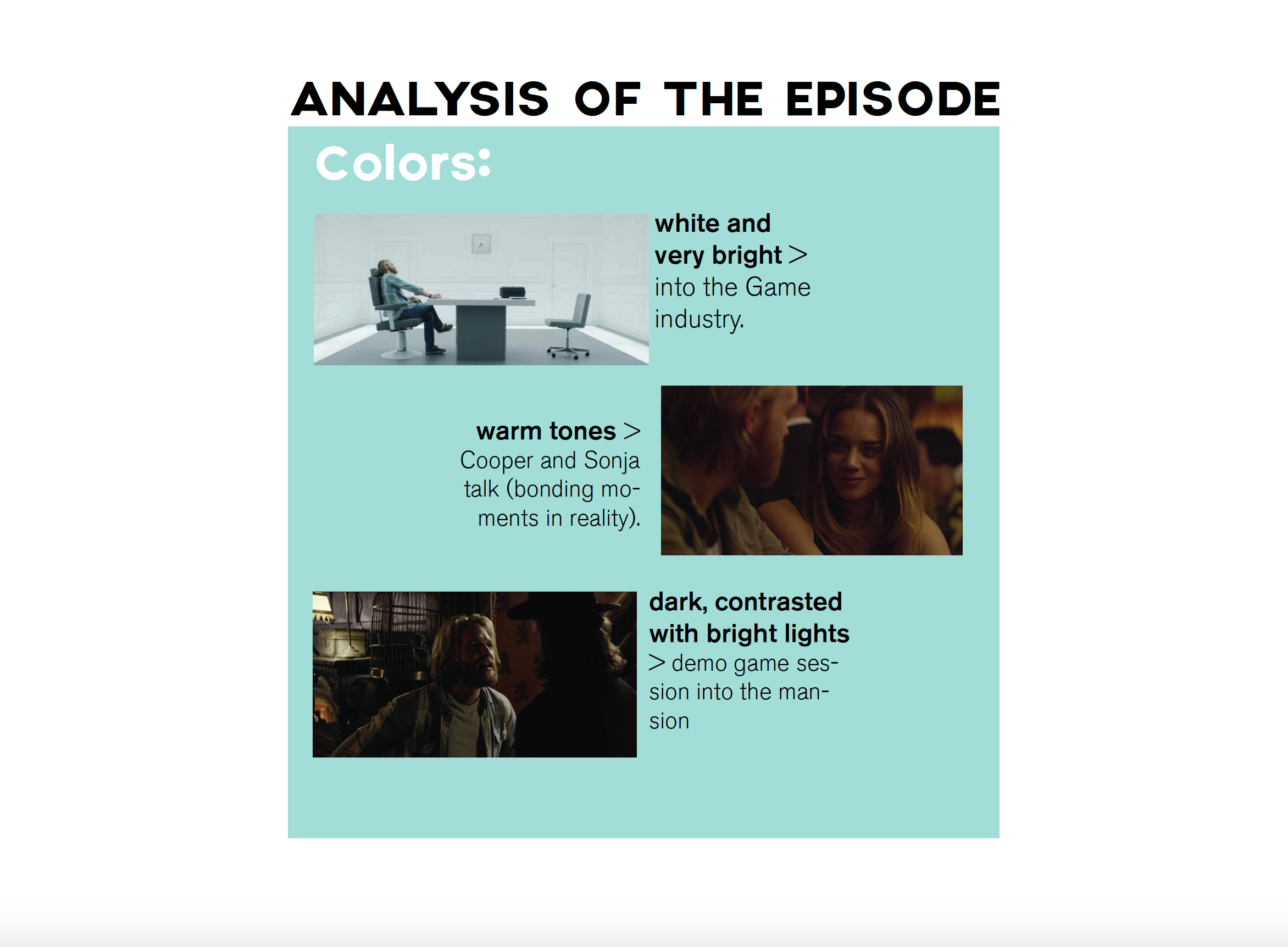
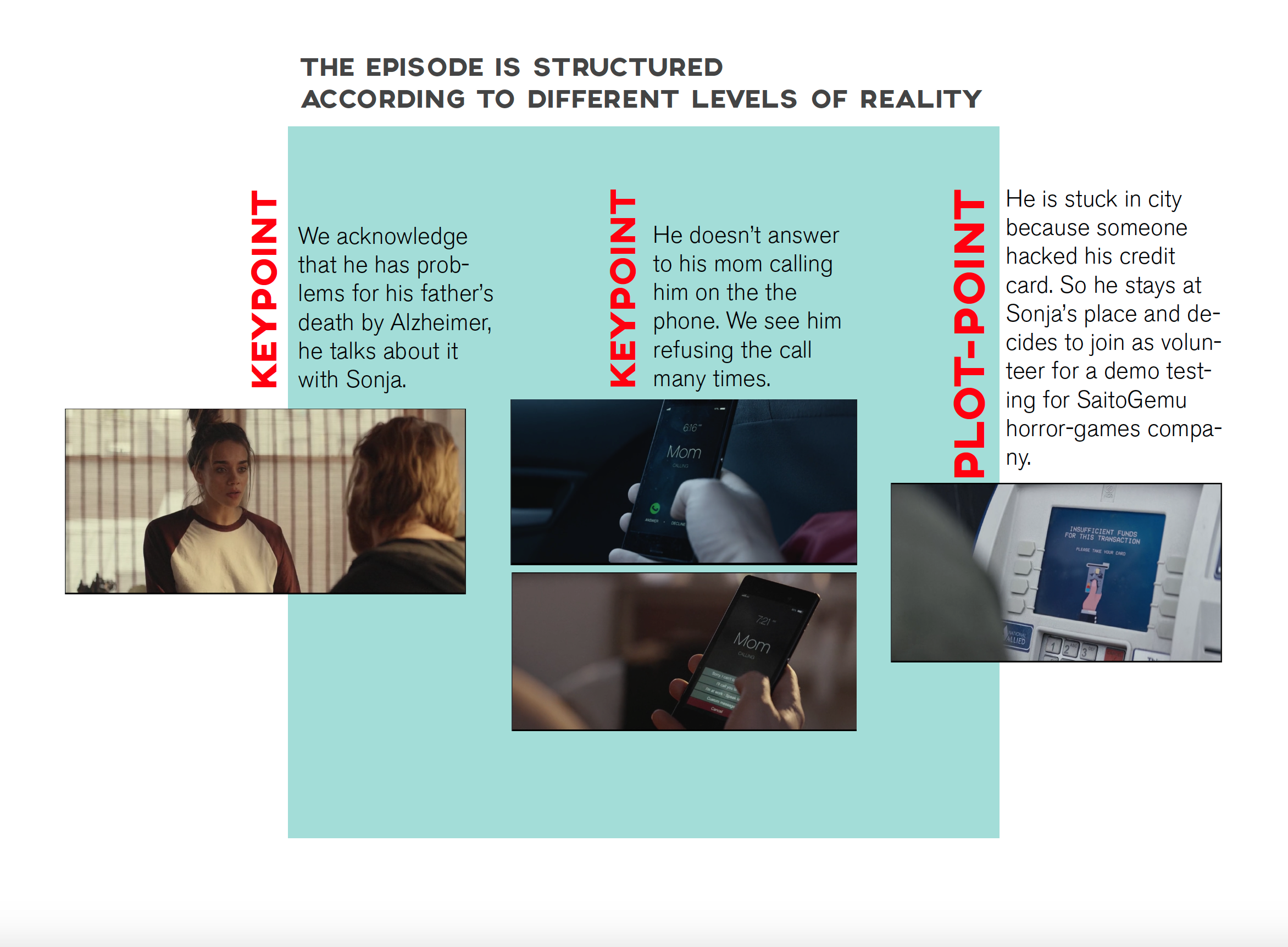
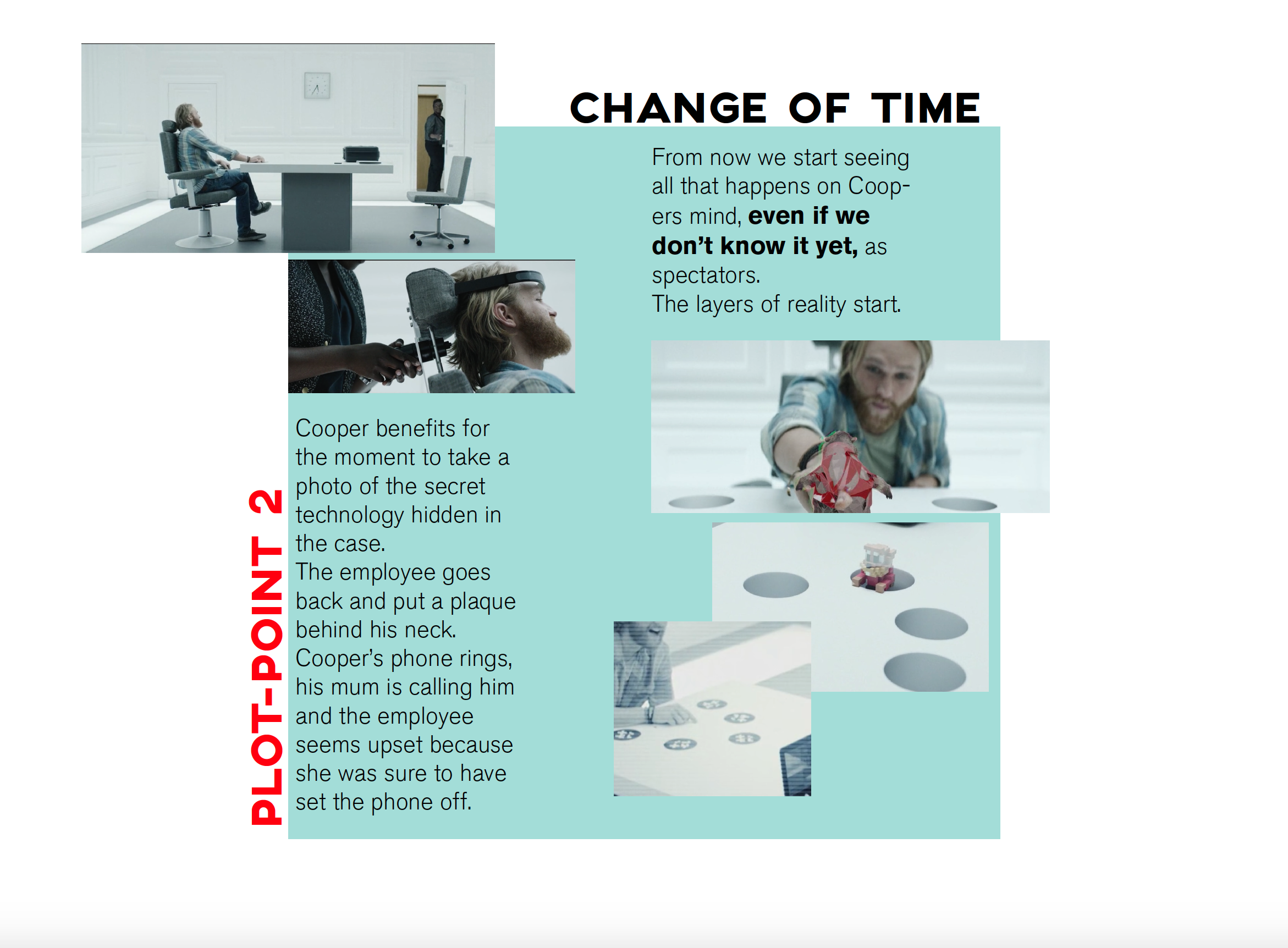
- "Safear" Project
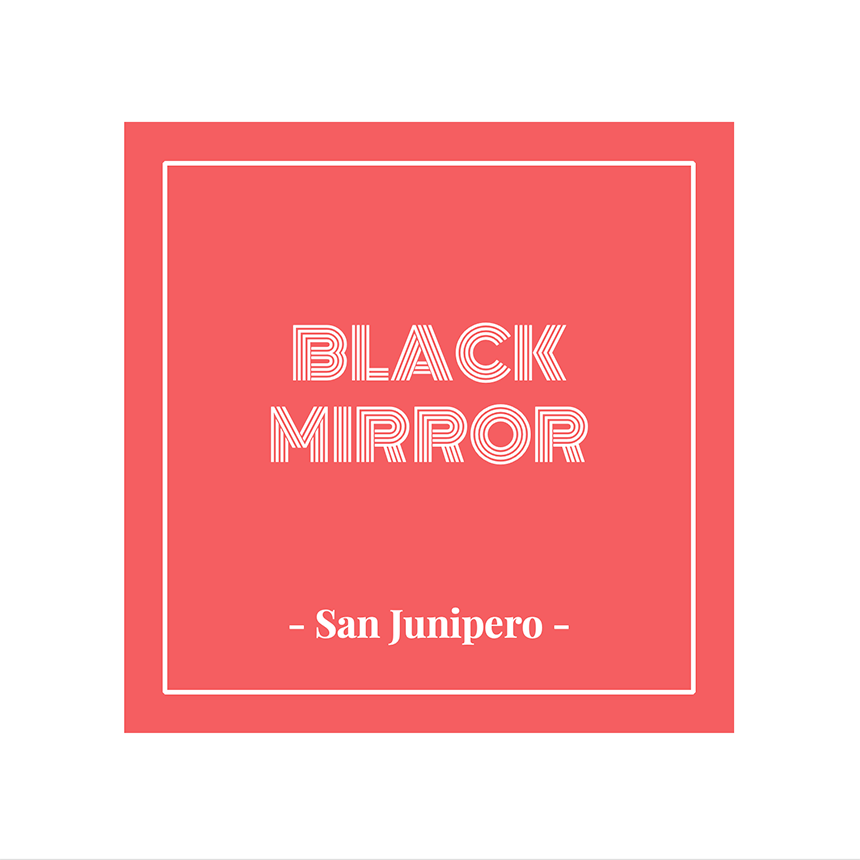
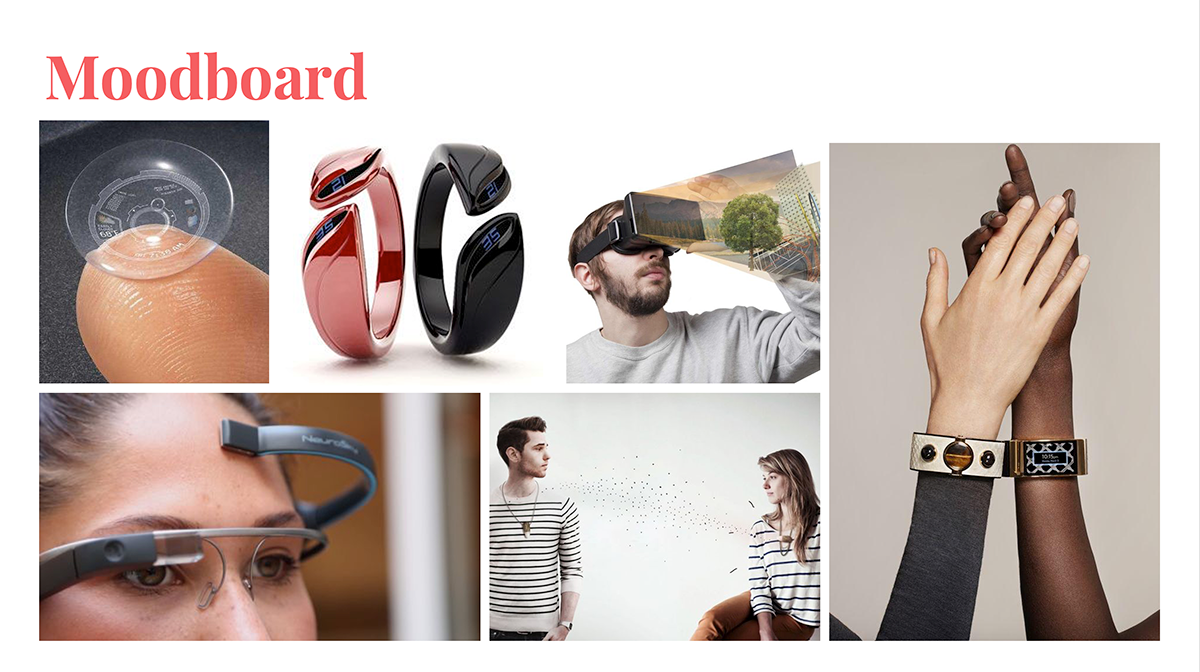
- "V-Pathos" Project
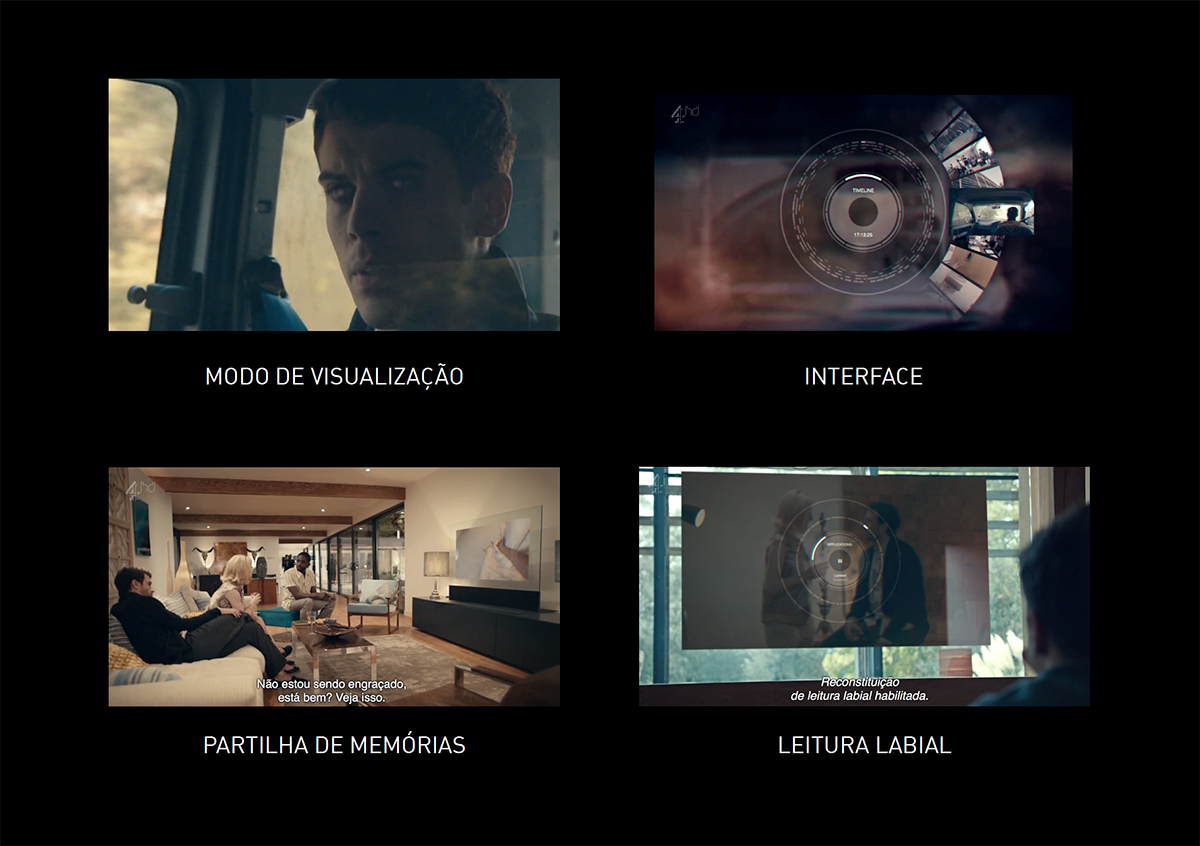
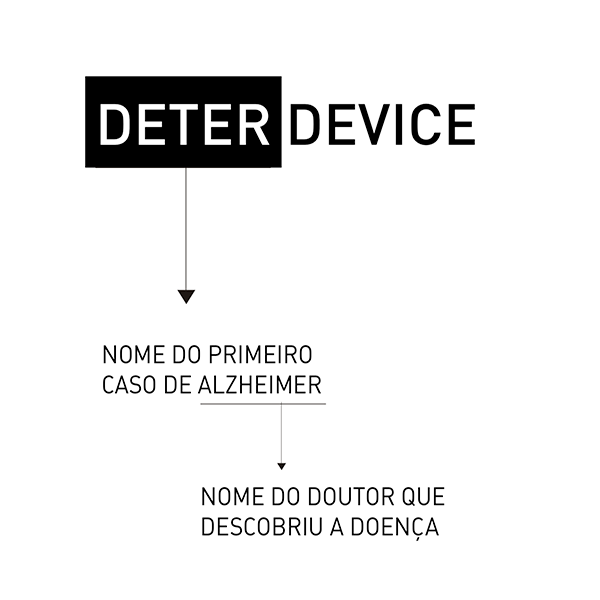
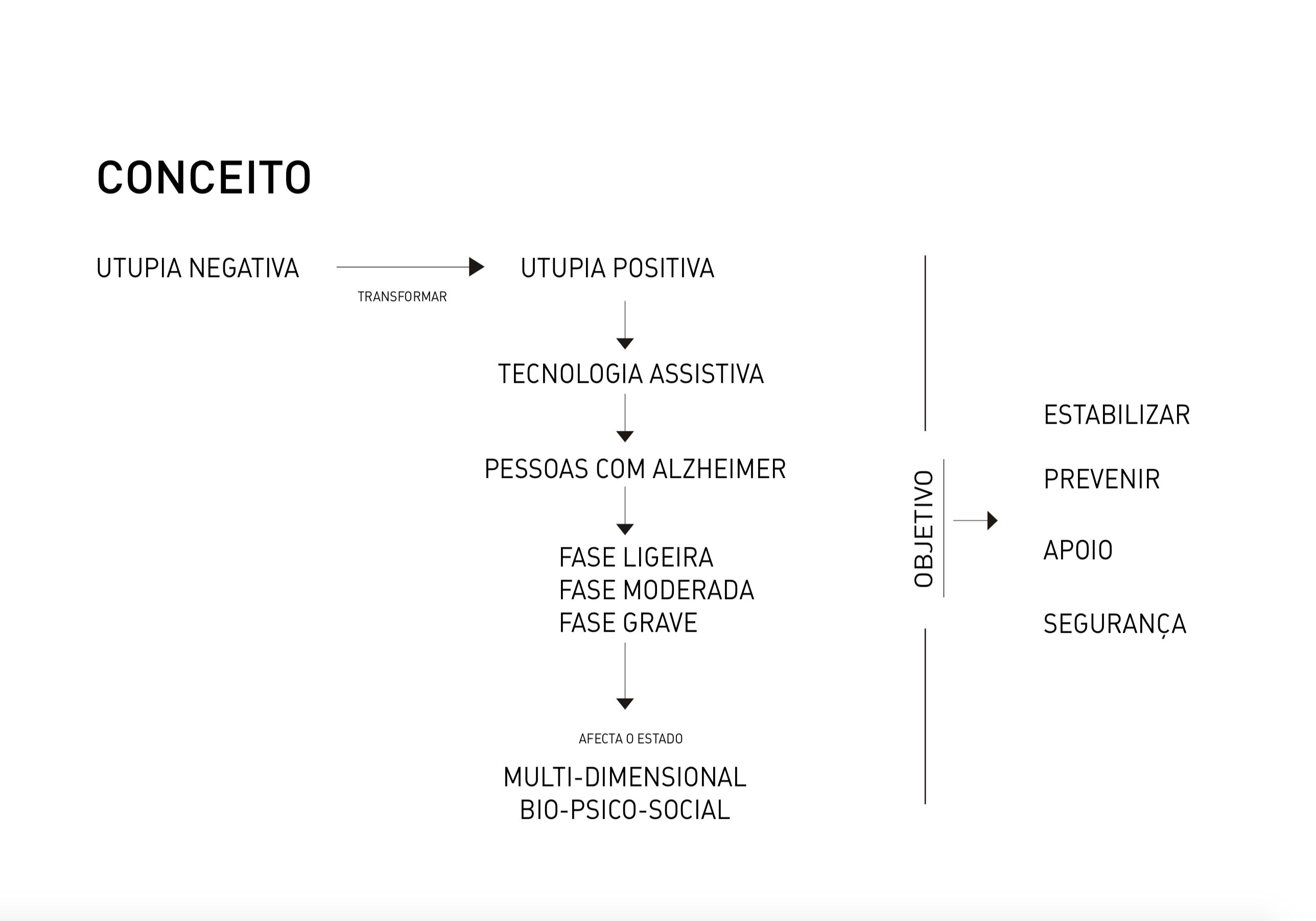
- "Deter Device" Project
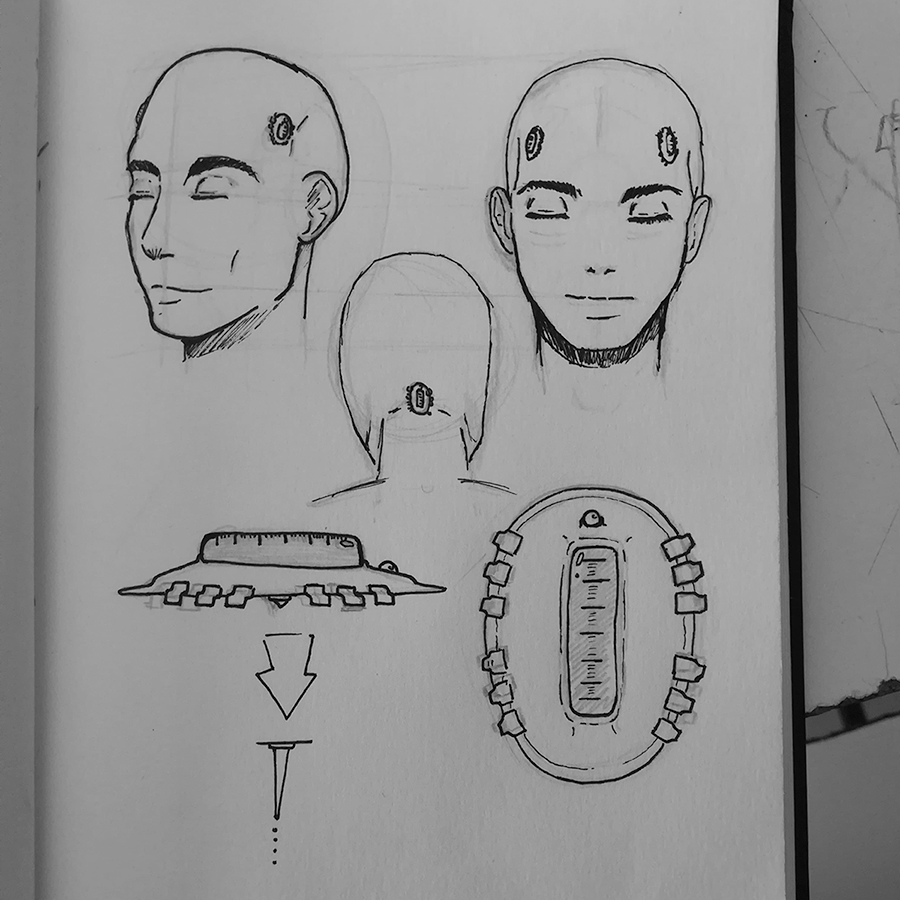
- "White Mind" Project
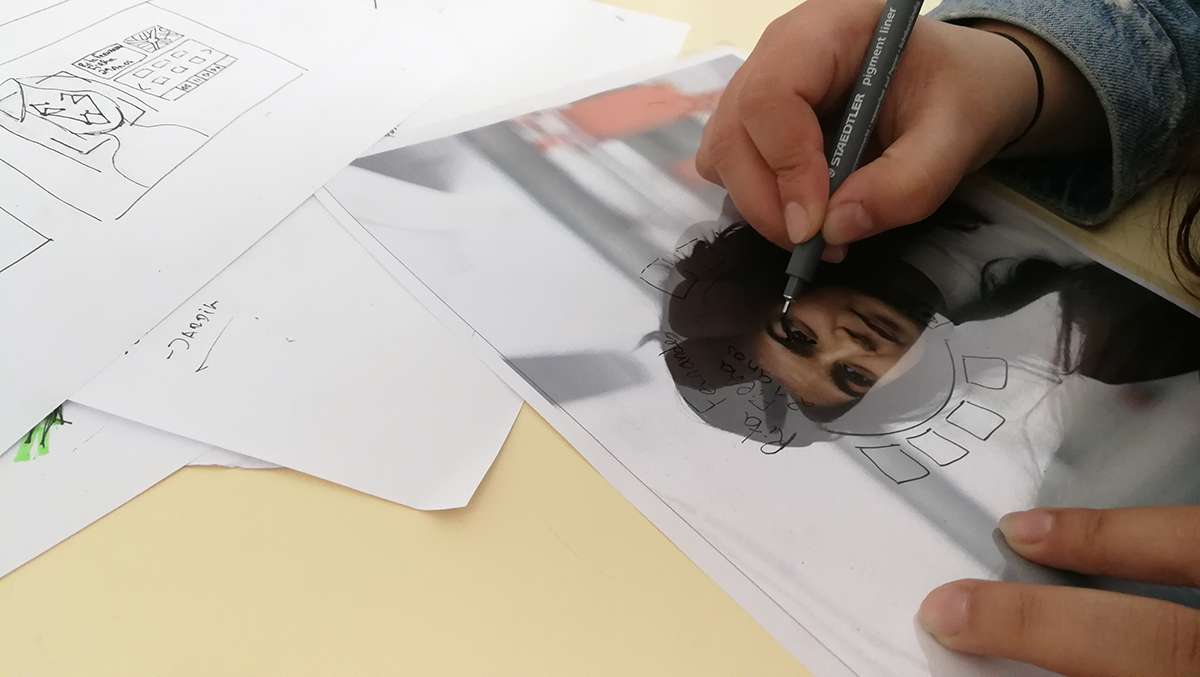
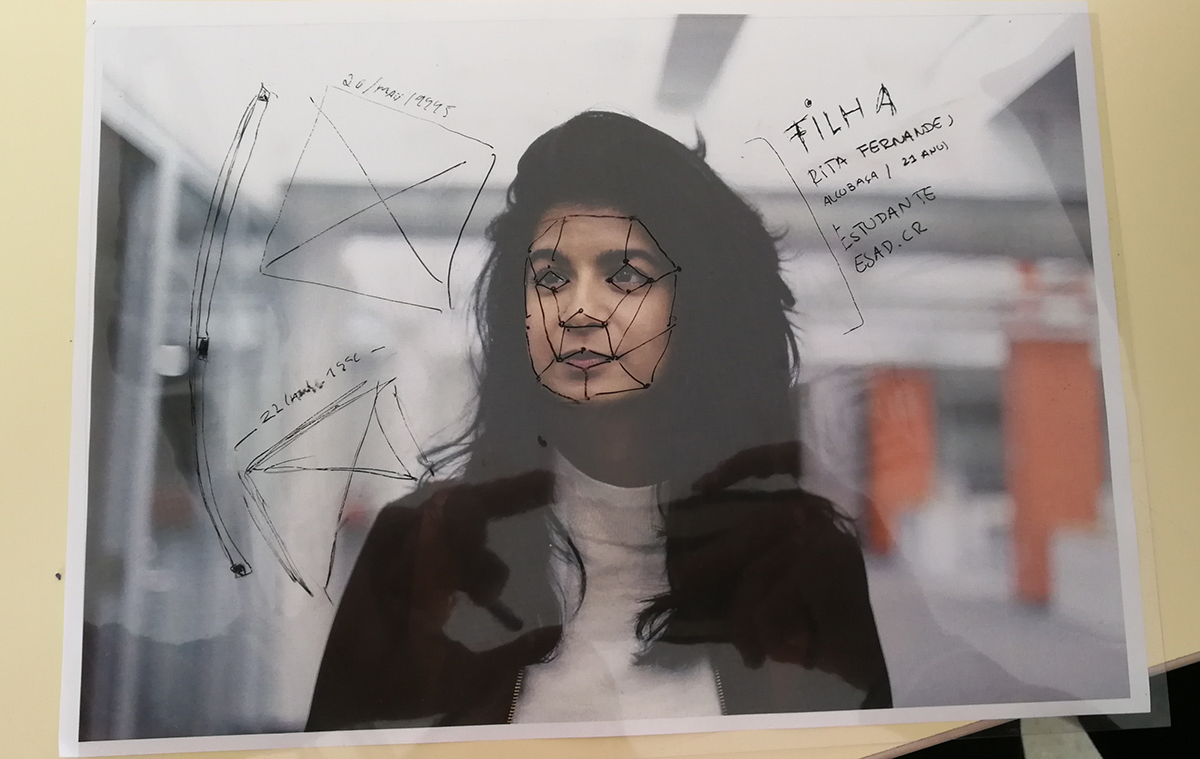
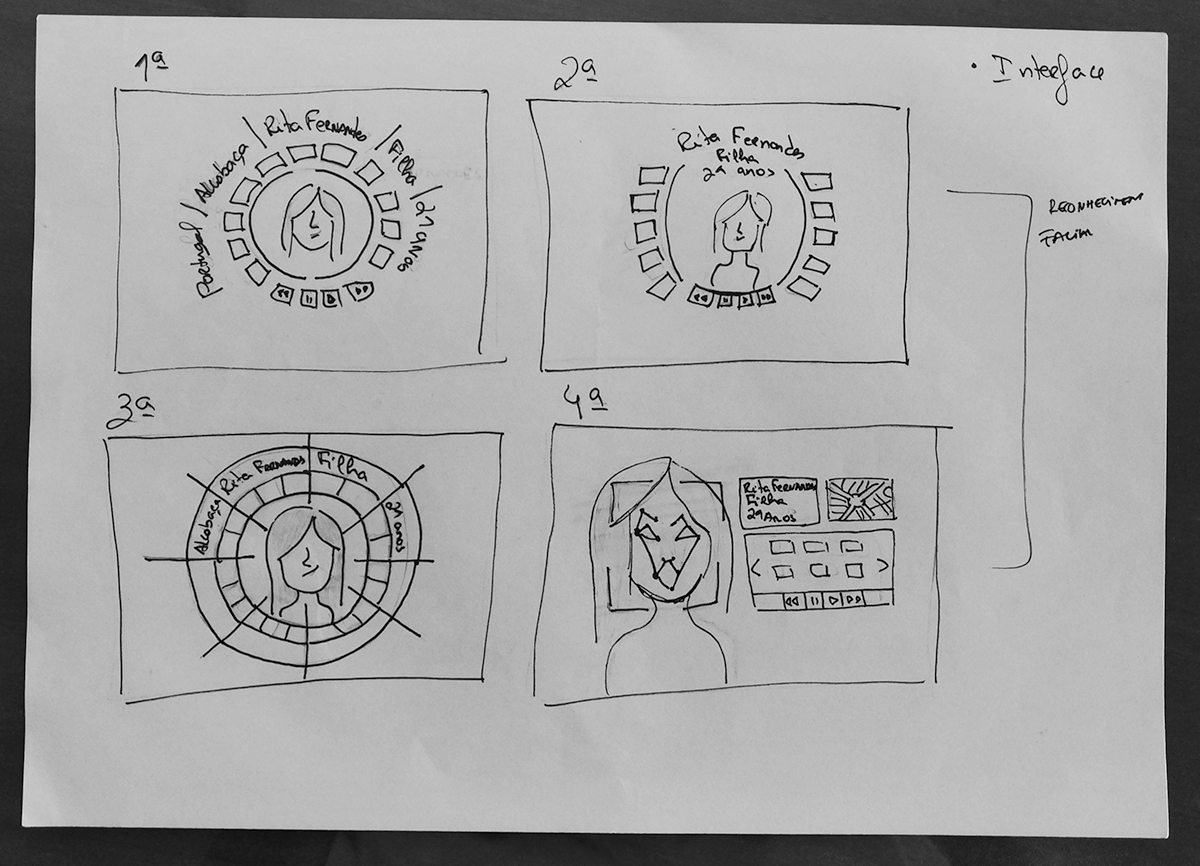
- "Deter Device" Project
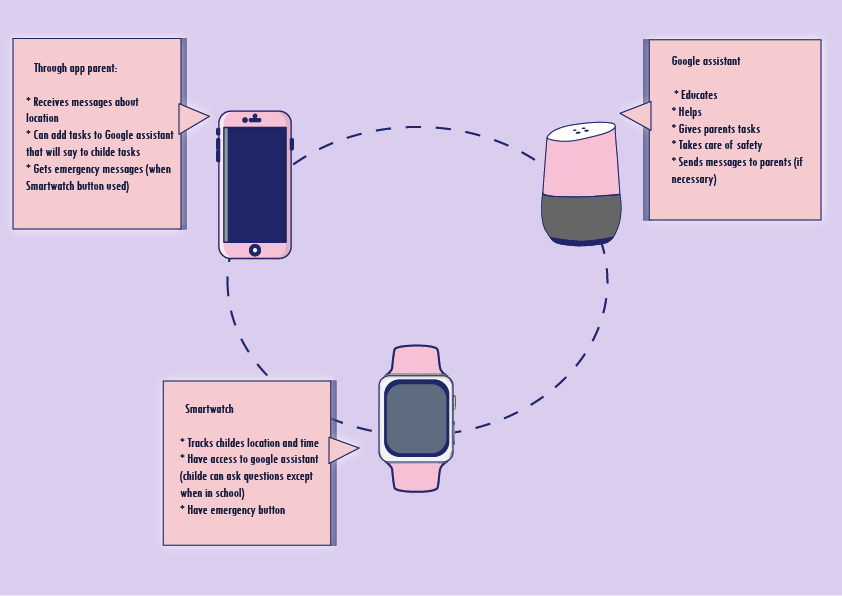
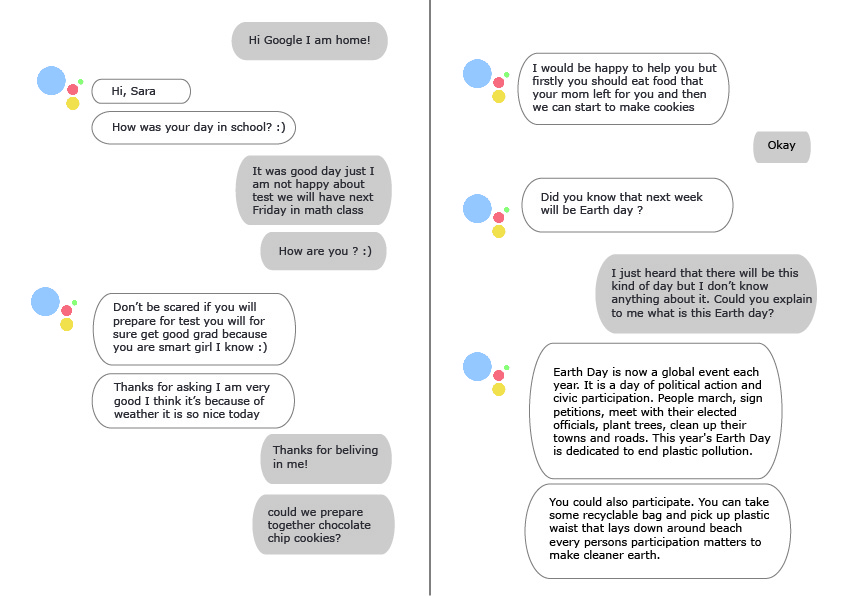
- "Safeline" Project
SPECIFICATIONS
Prototype Deliverables
werable & sensor devices • apps • interactive interfaces • gestural interfaces • robotic assistive agents
Program Contents
positive computing • artificial intelligence • virtual reality • augmented reality • robotics • human-computer interaction • user experience design • interaction design
outcomes
While the Netflix series Black Mirror delves into the dystopian aspects of technology, students have taken a different perspective by answering this briefing when envisioning the "white side" of a selected episode, focusing on its potential for human healing and enhancing human security. Students have also applied similar approaches to conceptualize new interfaces such as BCI, wearables, VR and AR for digital therapy or medical recovery environments. One common concept involves replacing negative memories with positive ones, reintegrating individuals into society, and exploring technology for the betterment of the collective well-being.
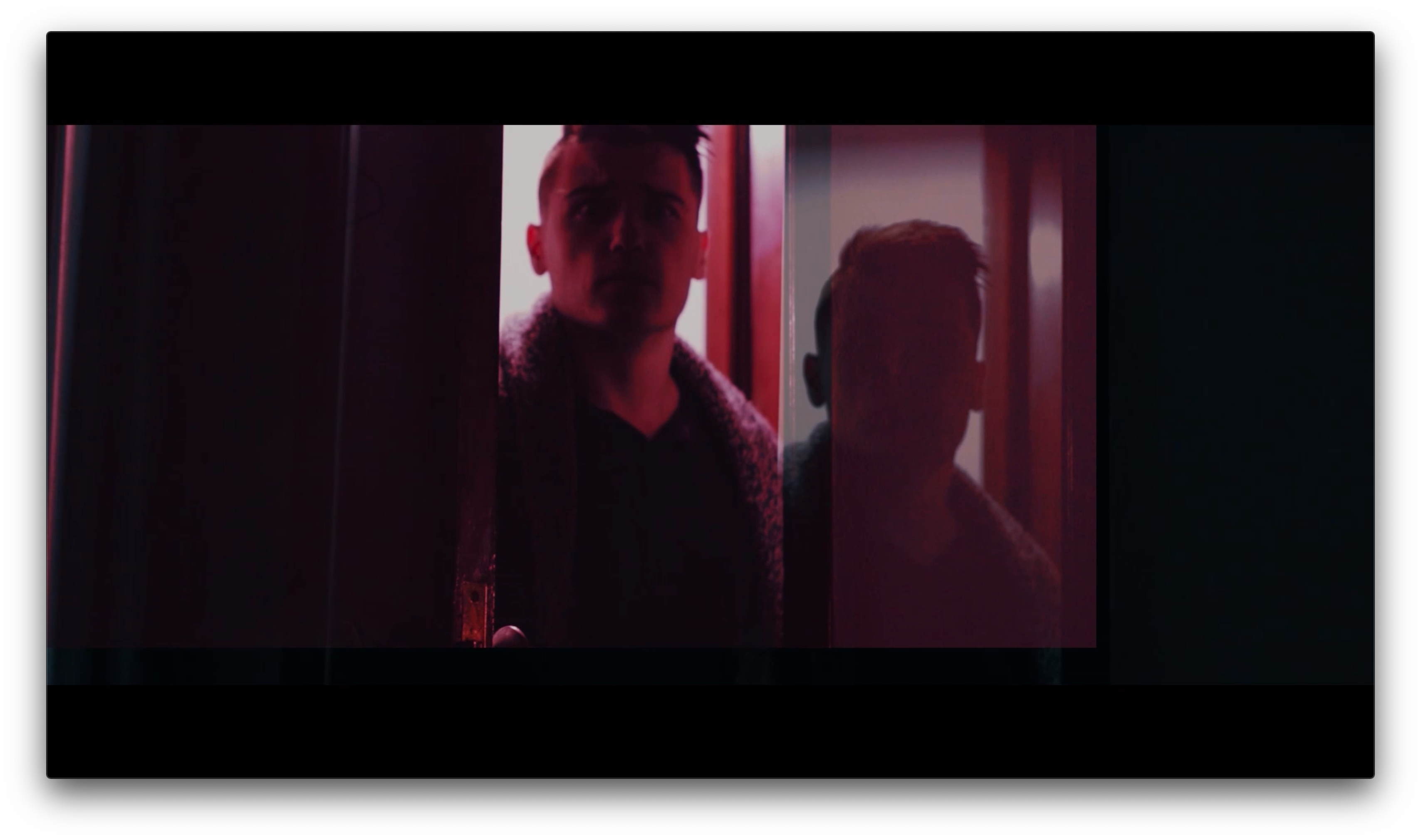
White Mind, Guilherme Guarda, Gabirel Almeida, Filipe Pontes, Luís Gama
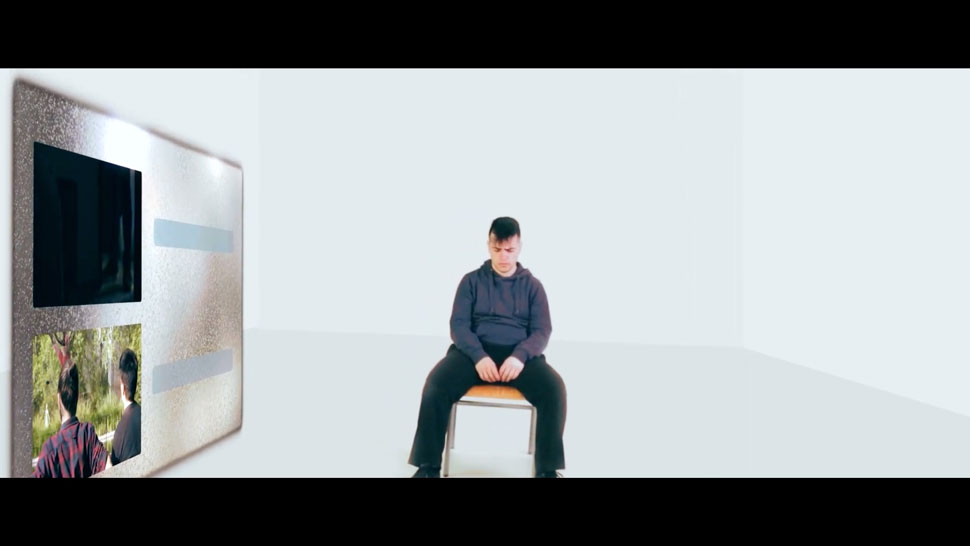
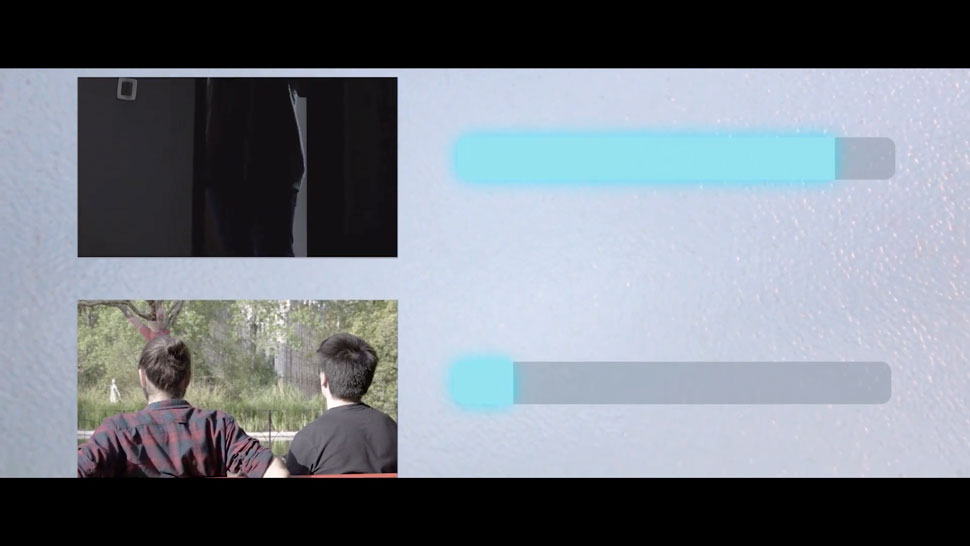
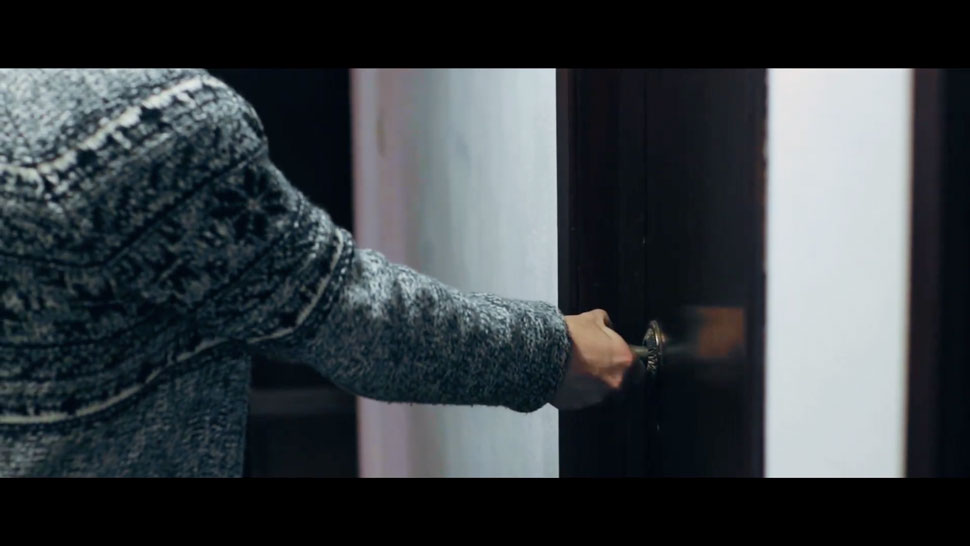
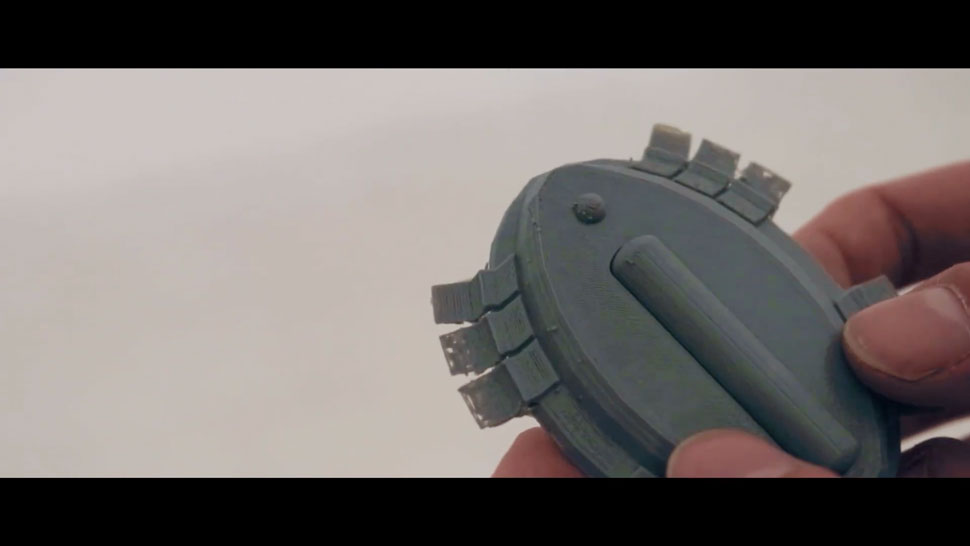
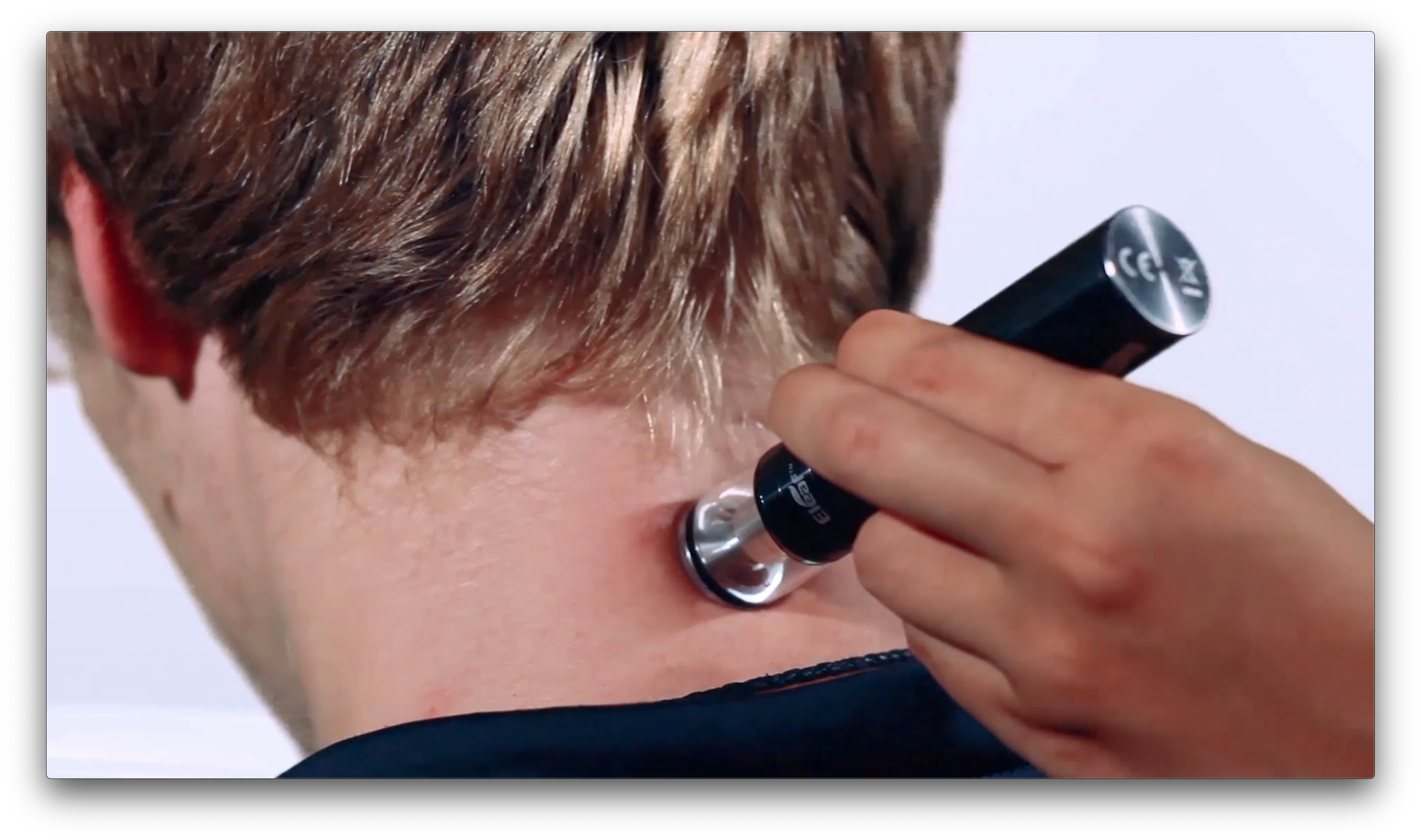
Safear, Cristina Andrade, Federica Delprino, Sniedze Strauta
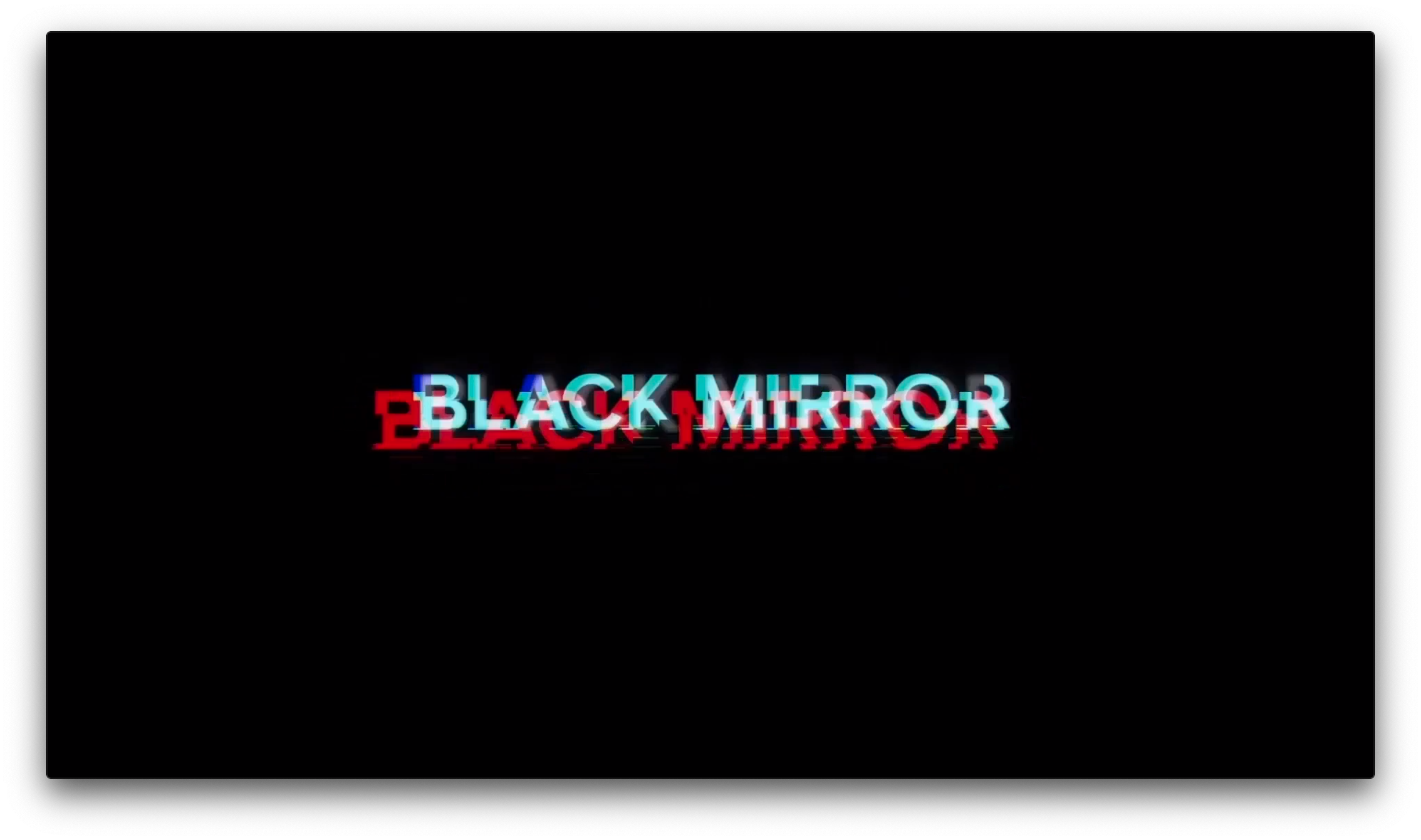
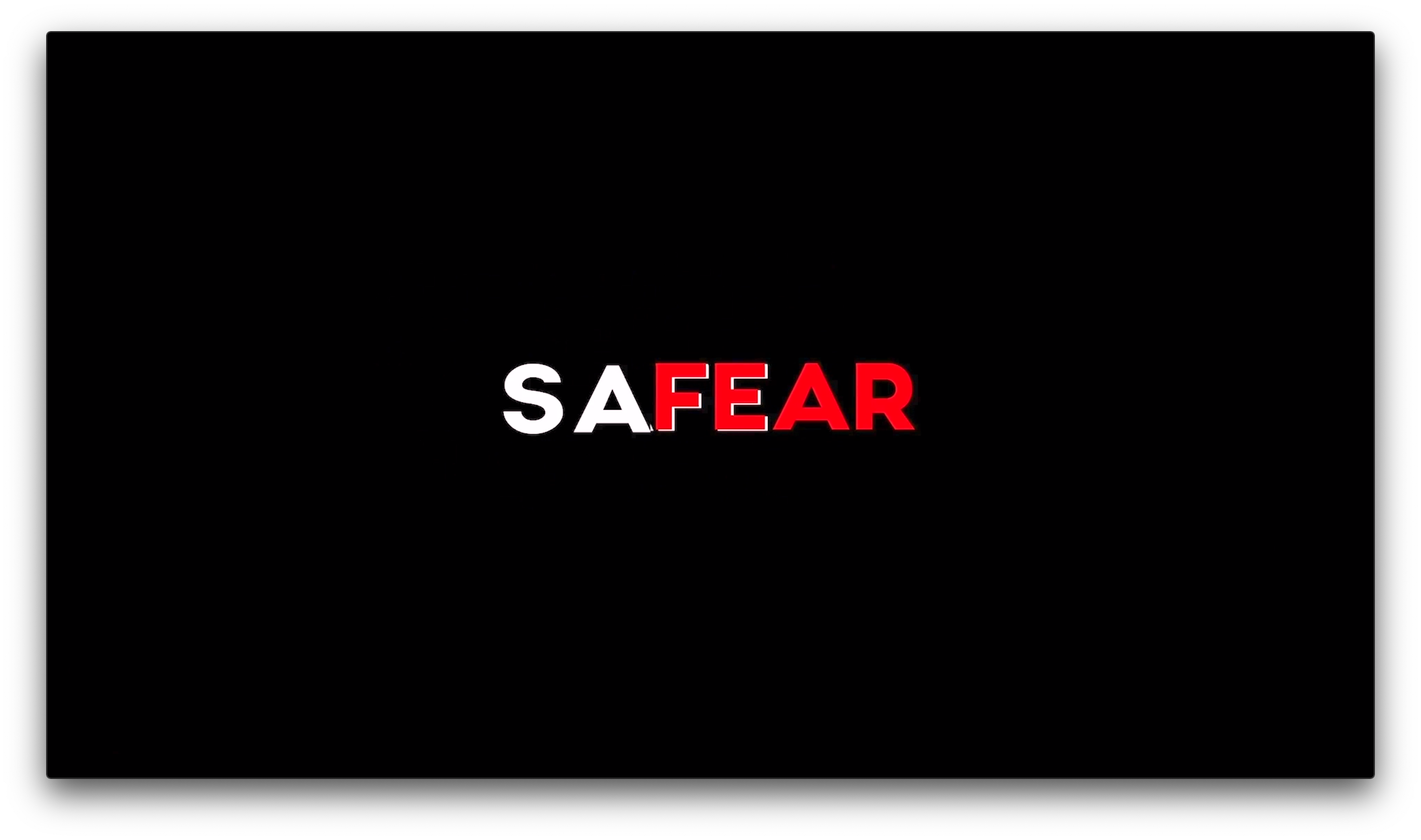
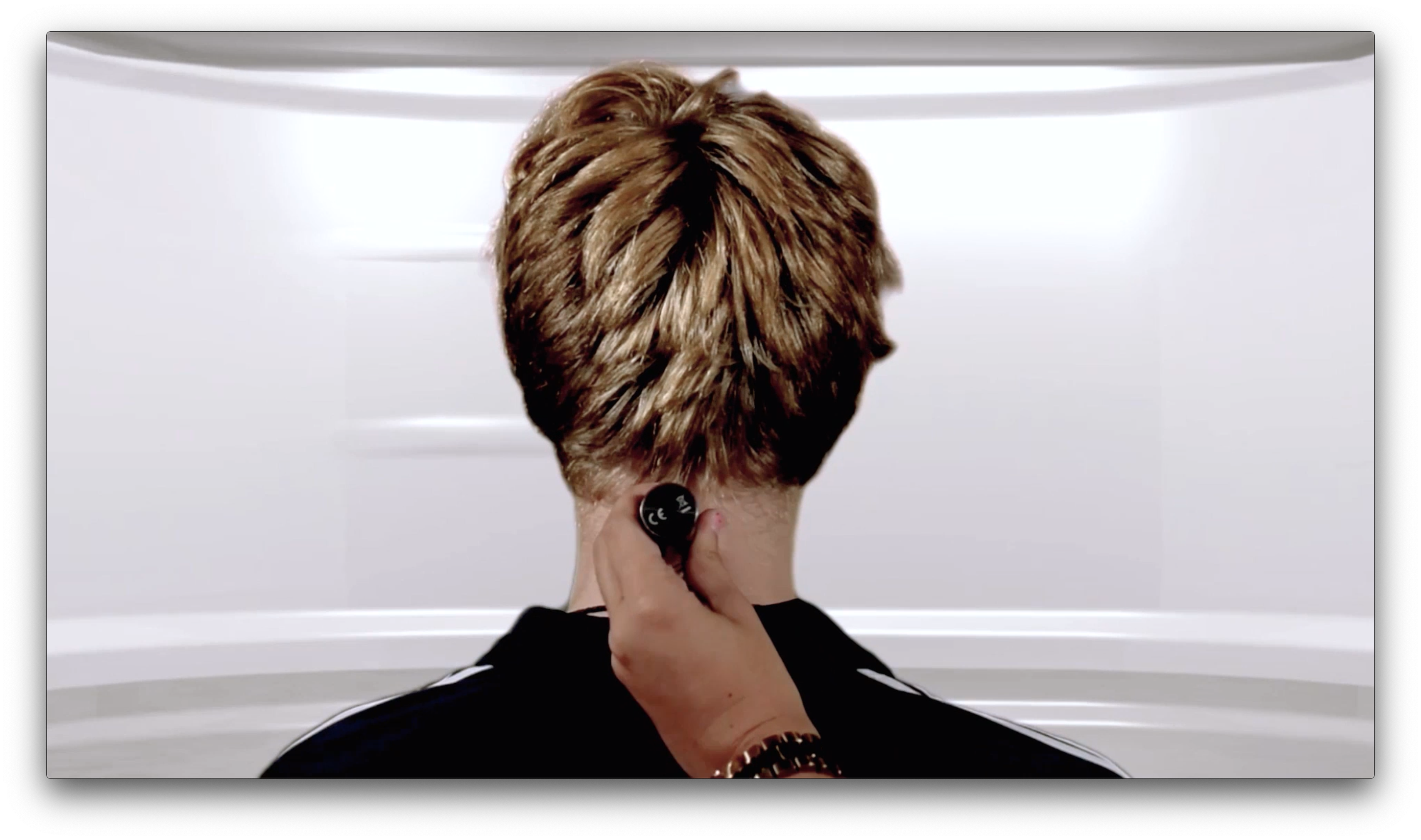
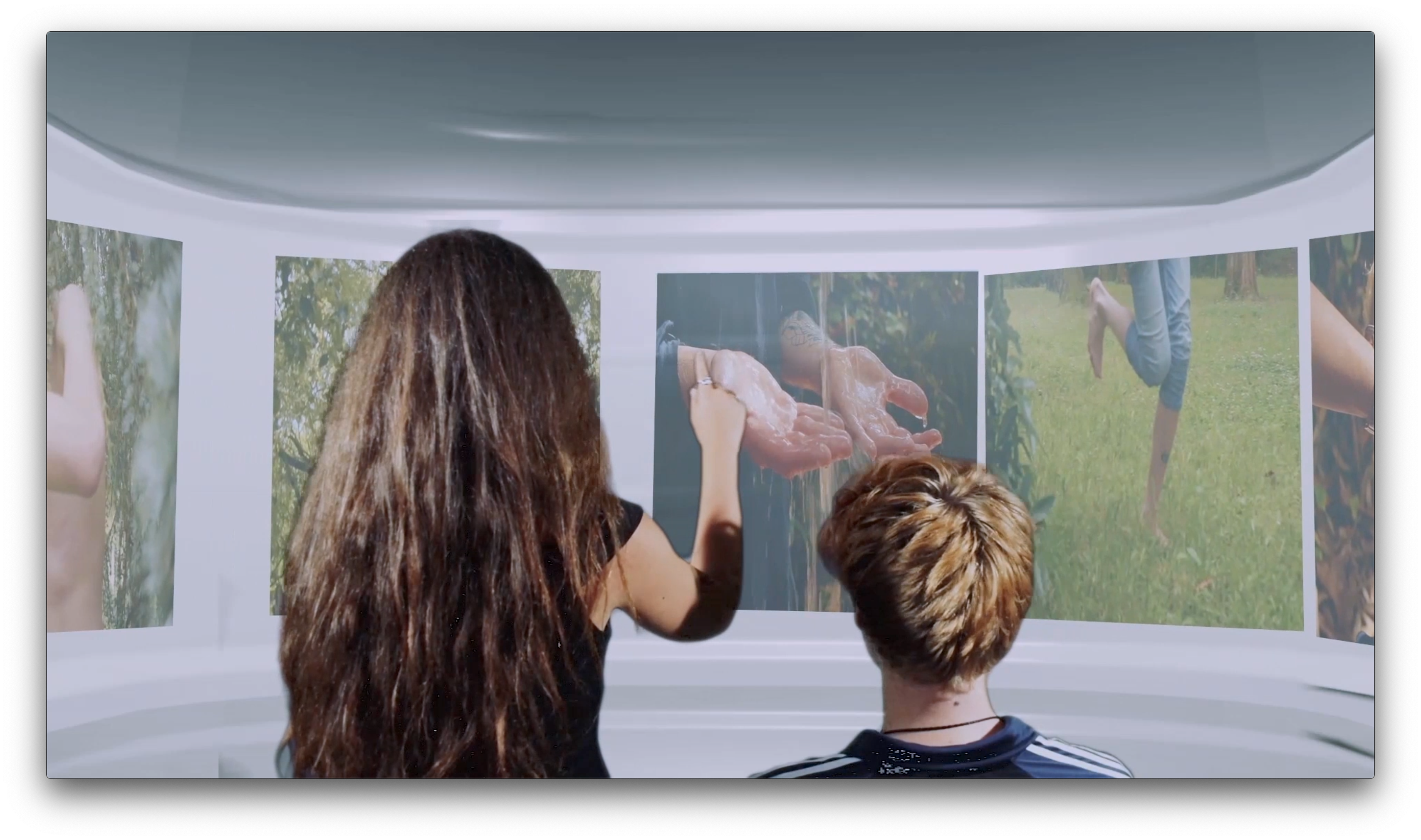
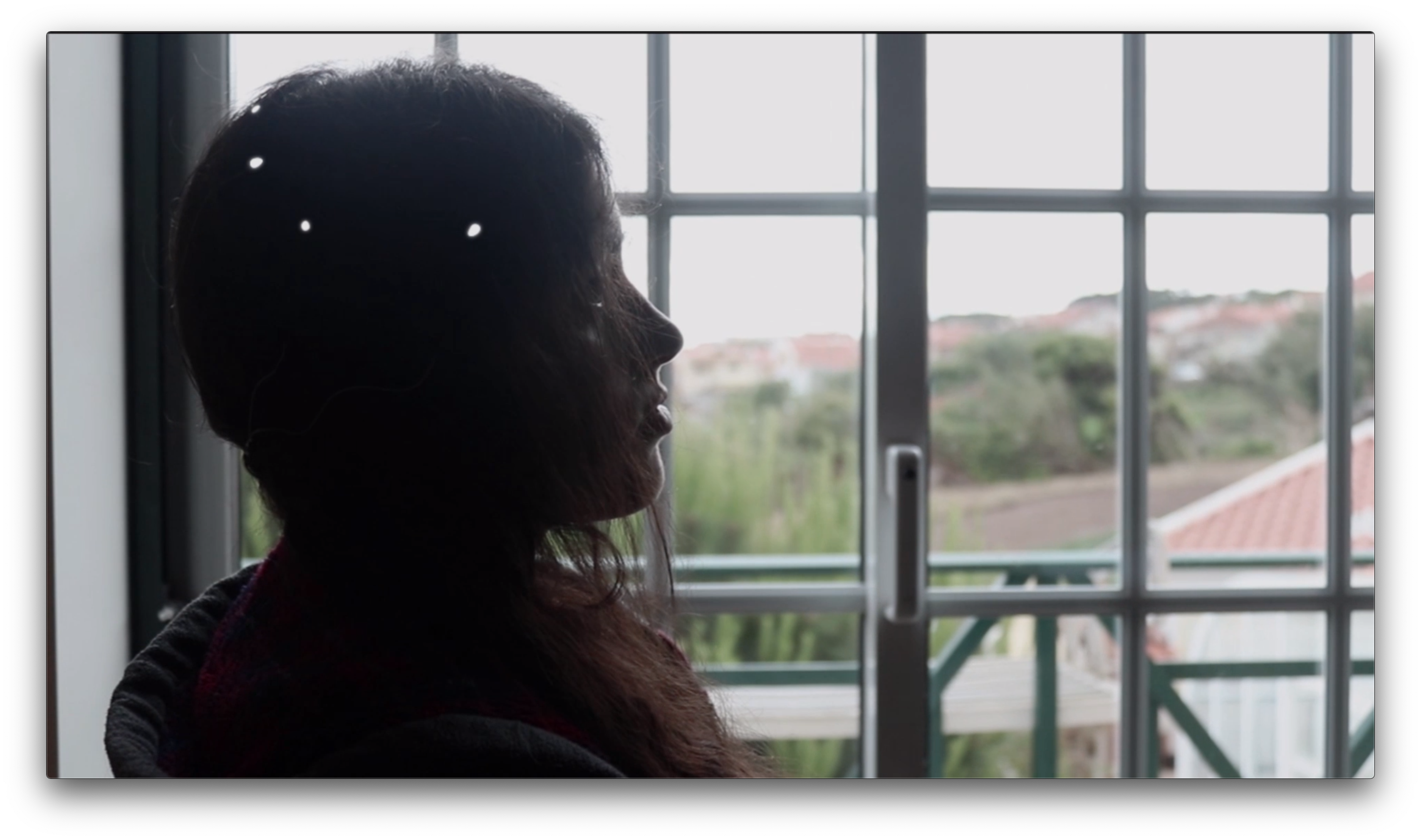
Dream Reality, Joana Boléo, Ianina Marushchack, Lisete Martins
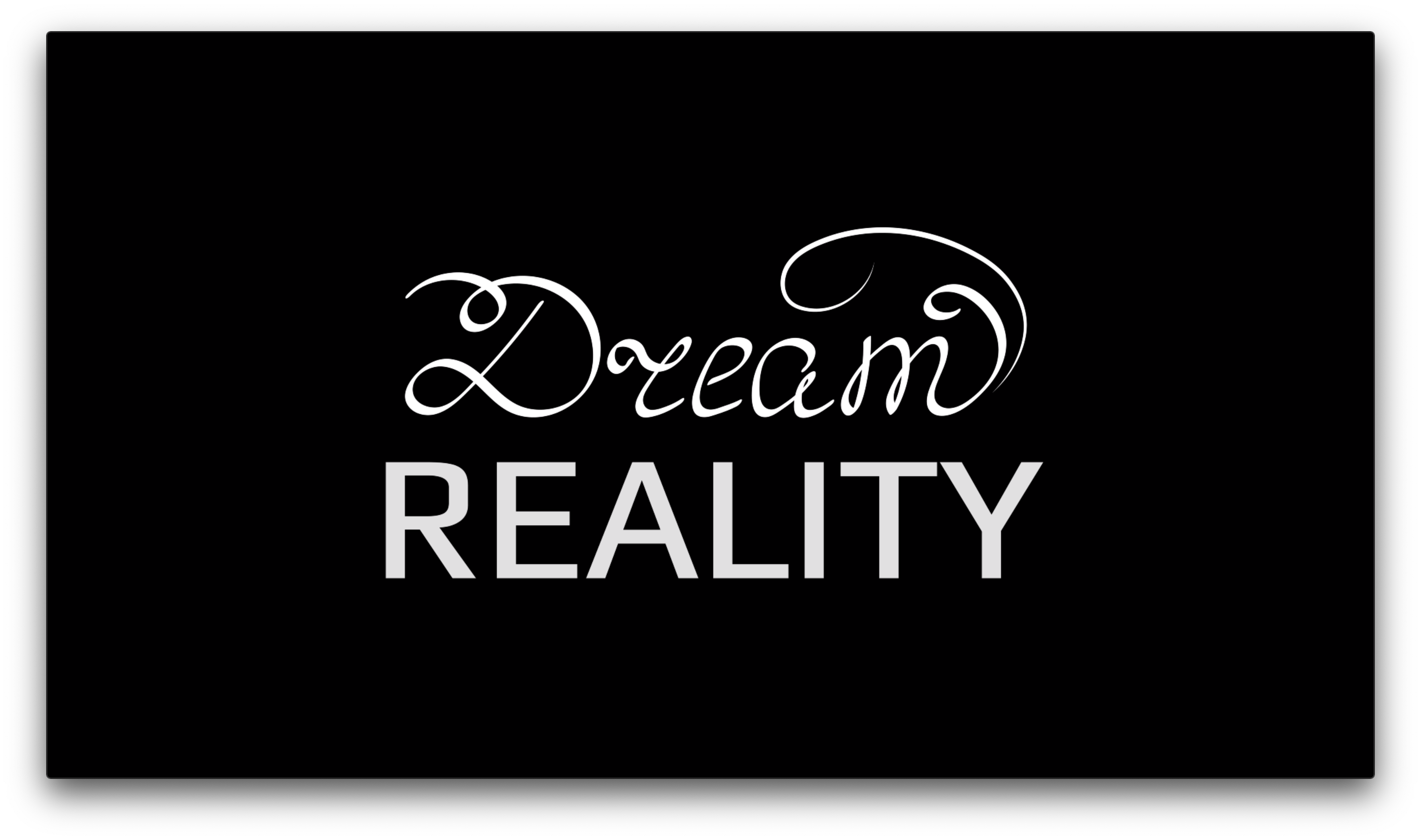
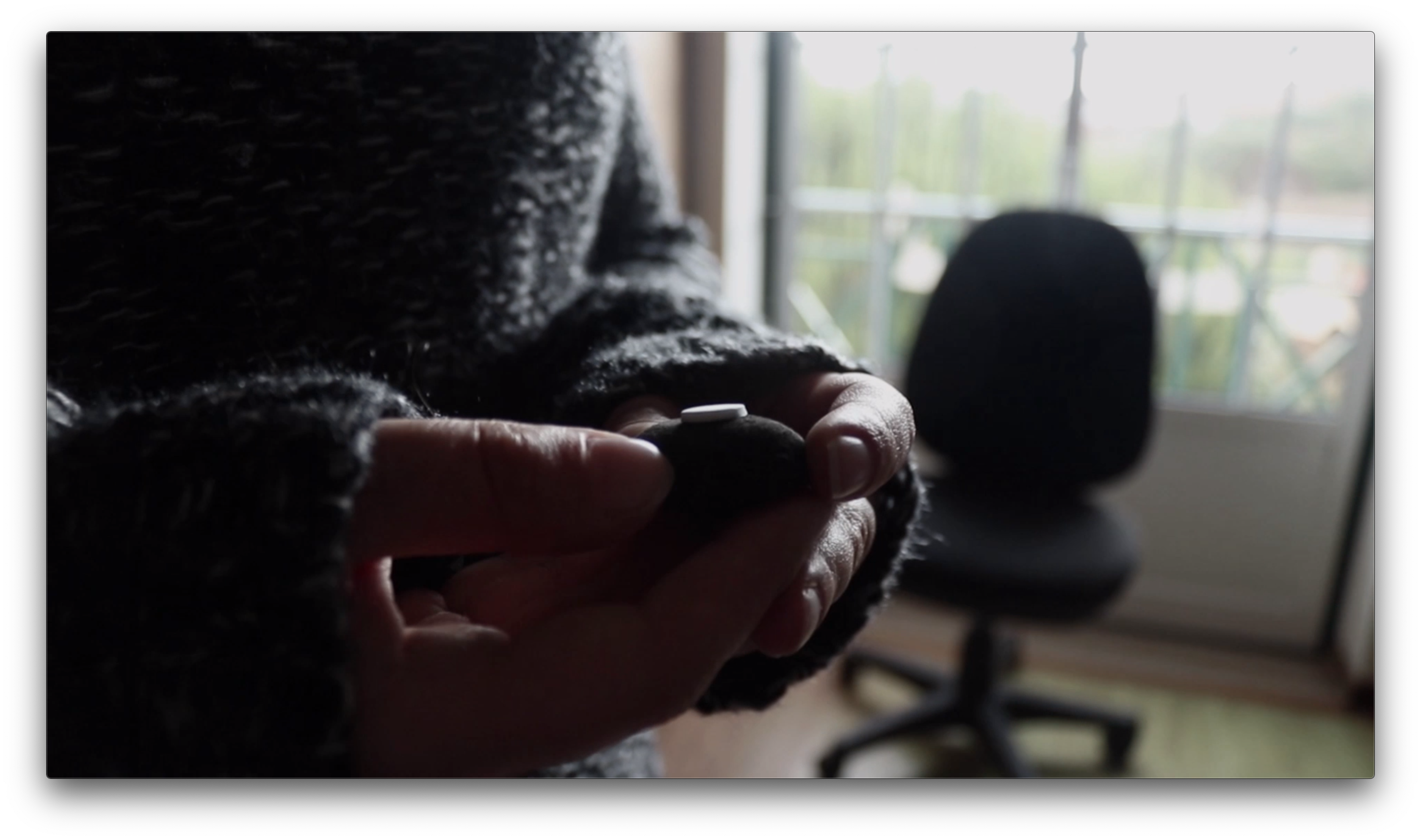
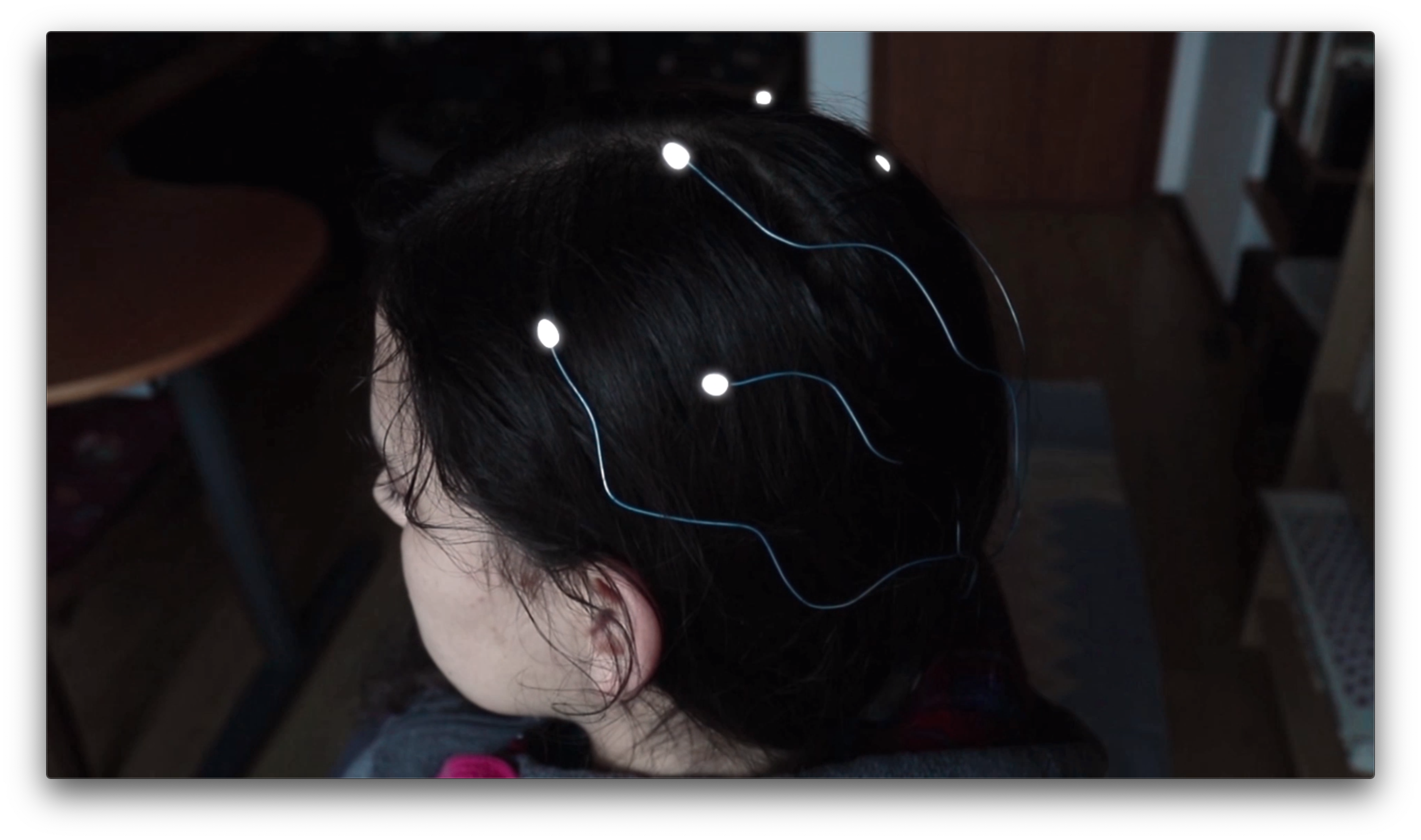
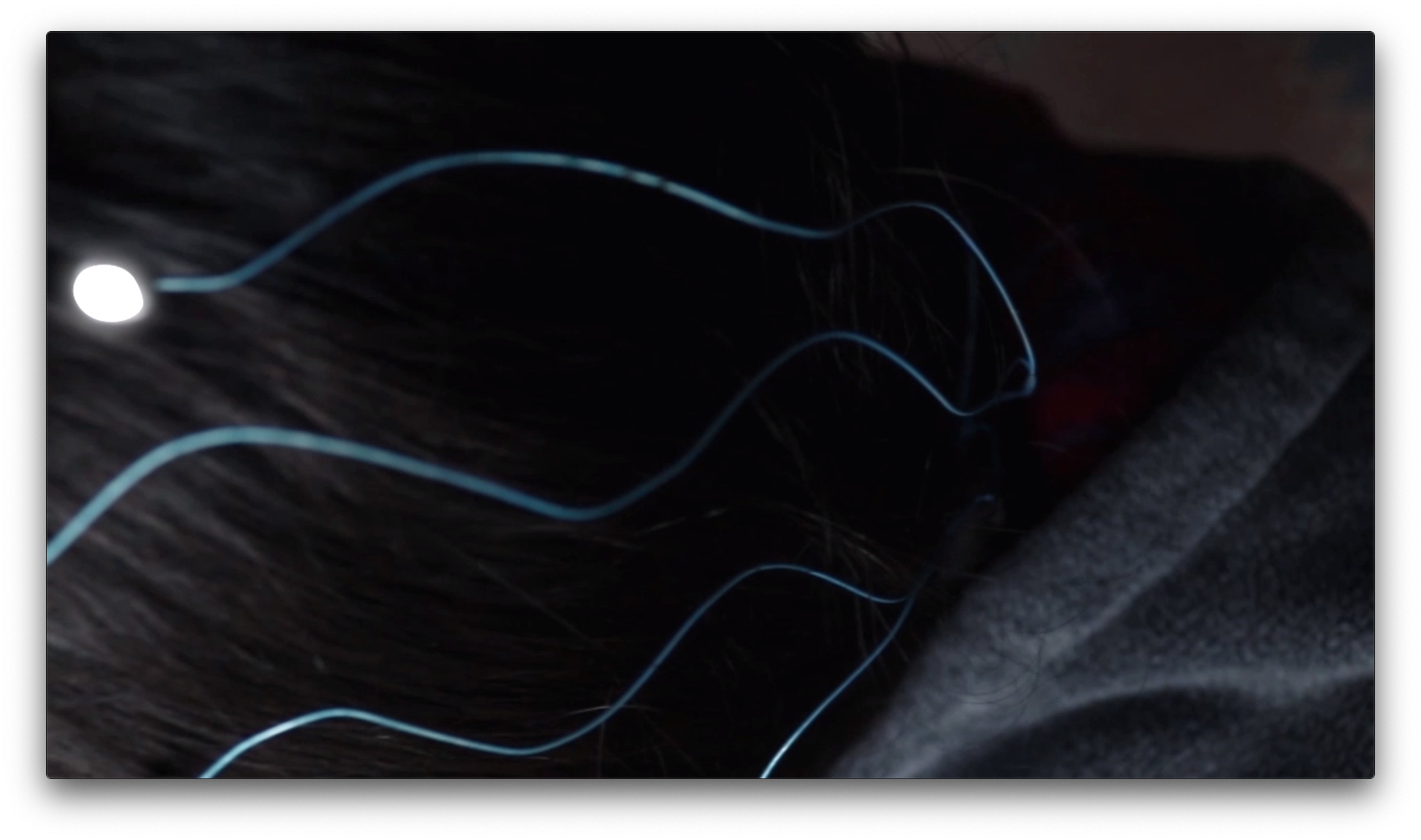
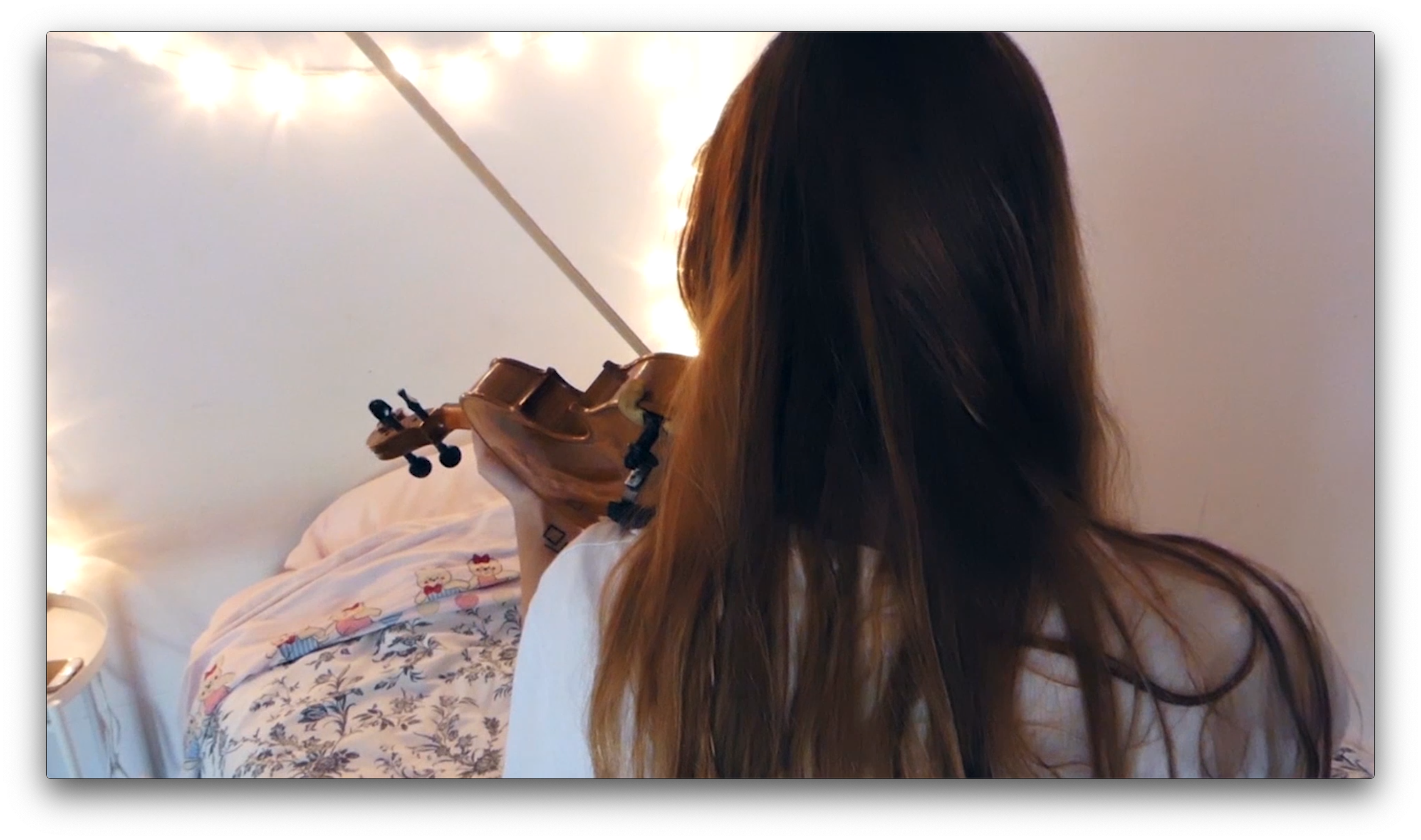
V-Pathos - Põe-te no meu lugar, Raquel Lima, Sofia Ferreira
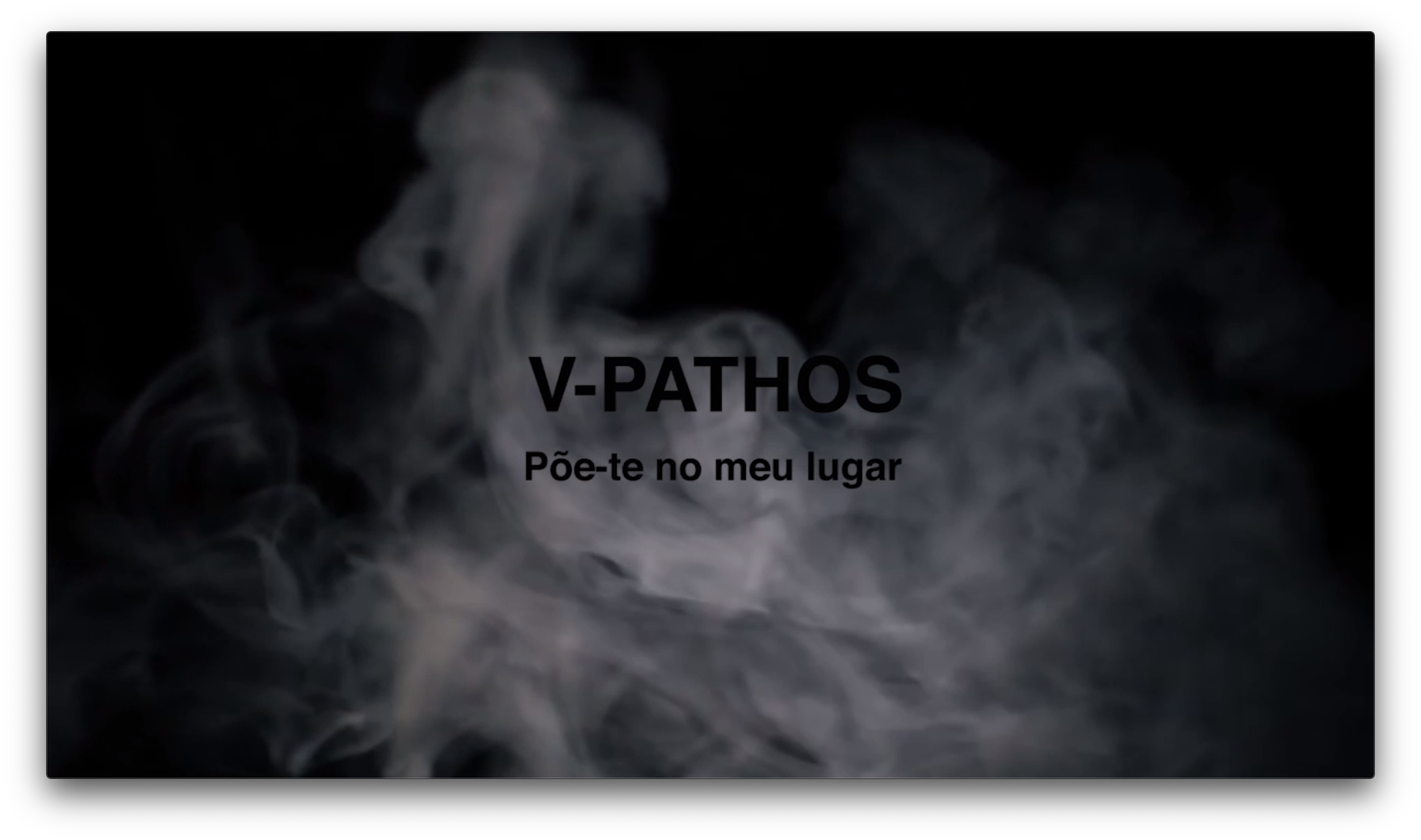
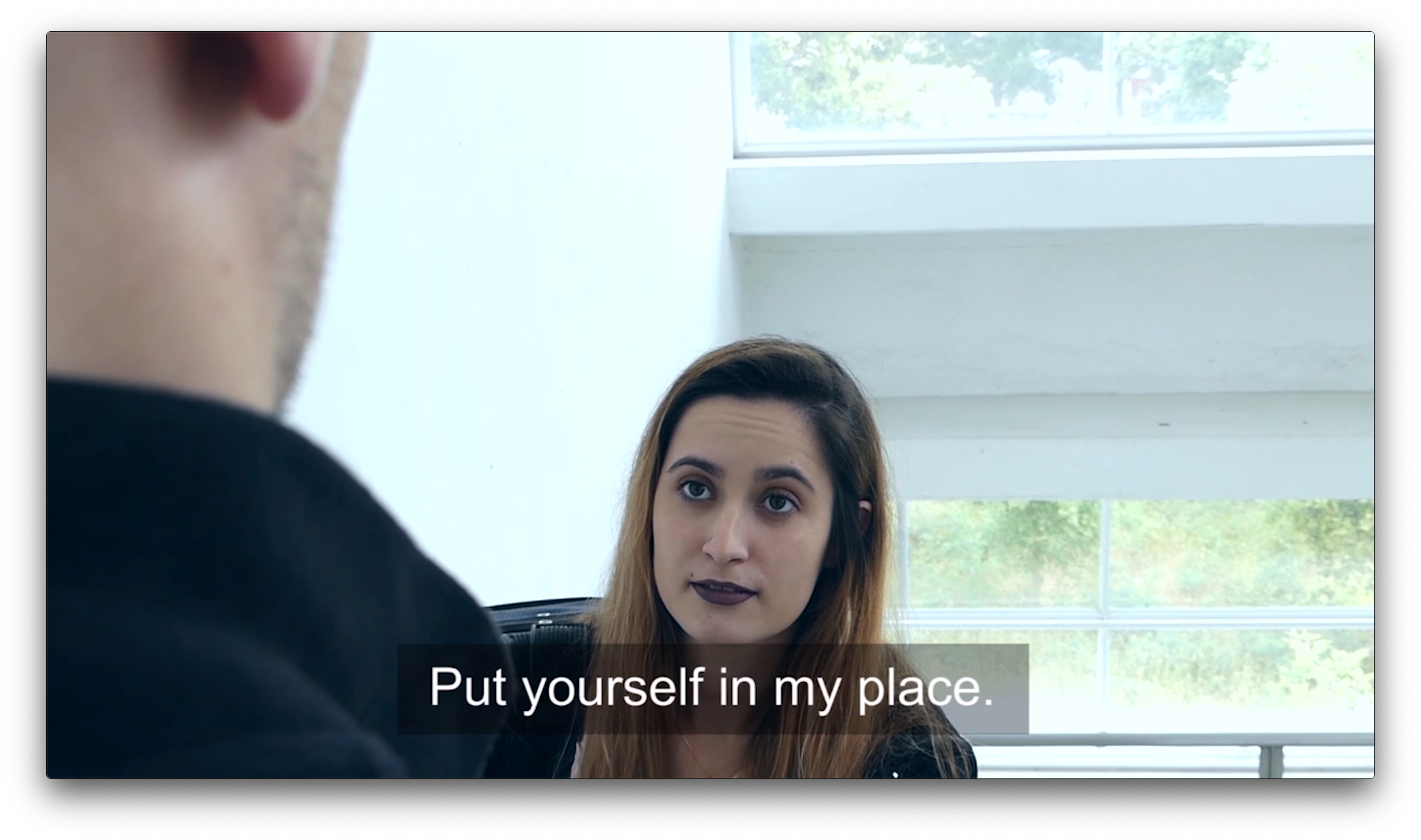
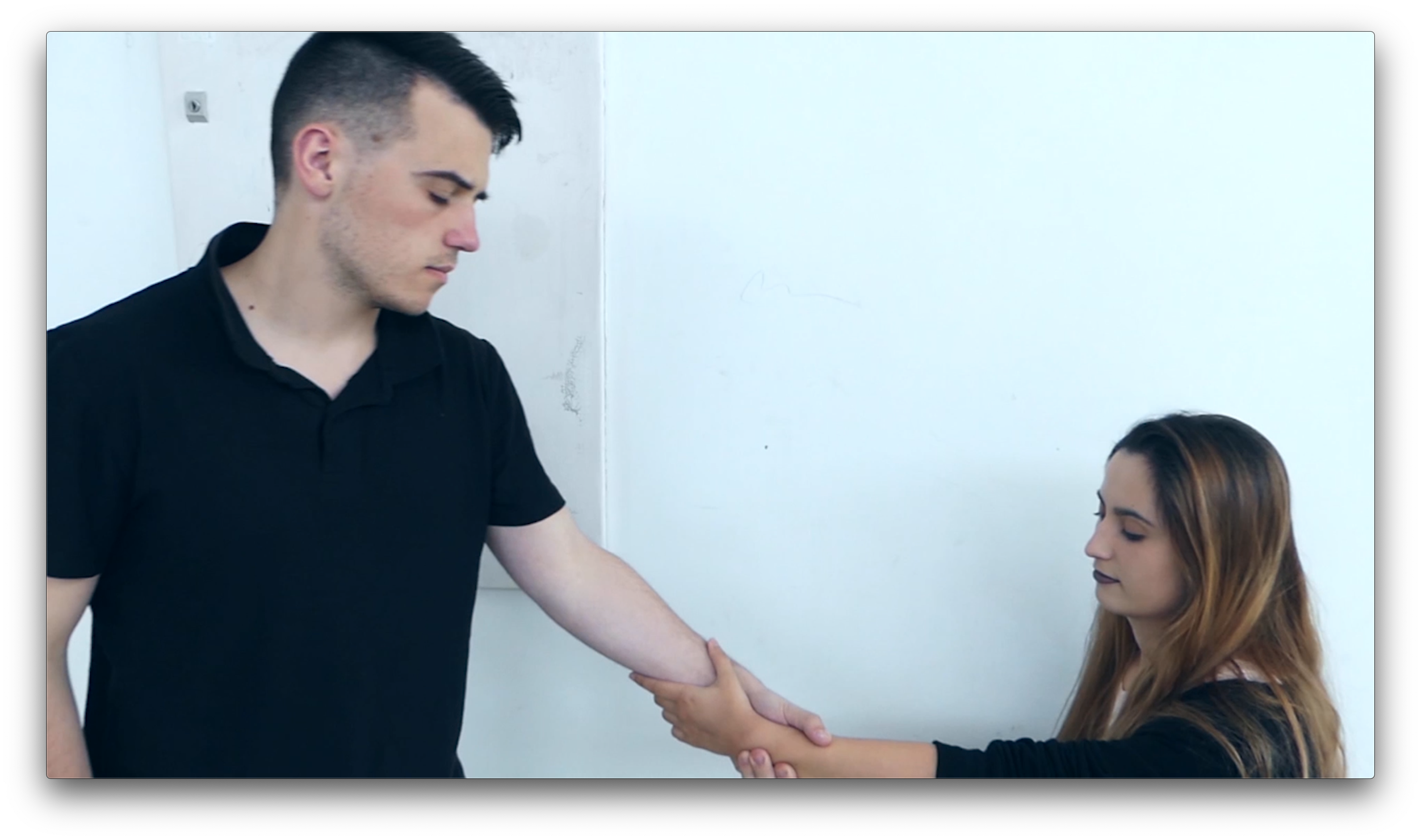
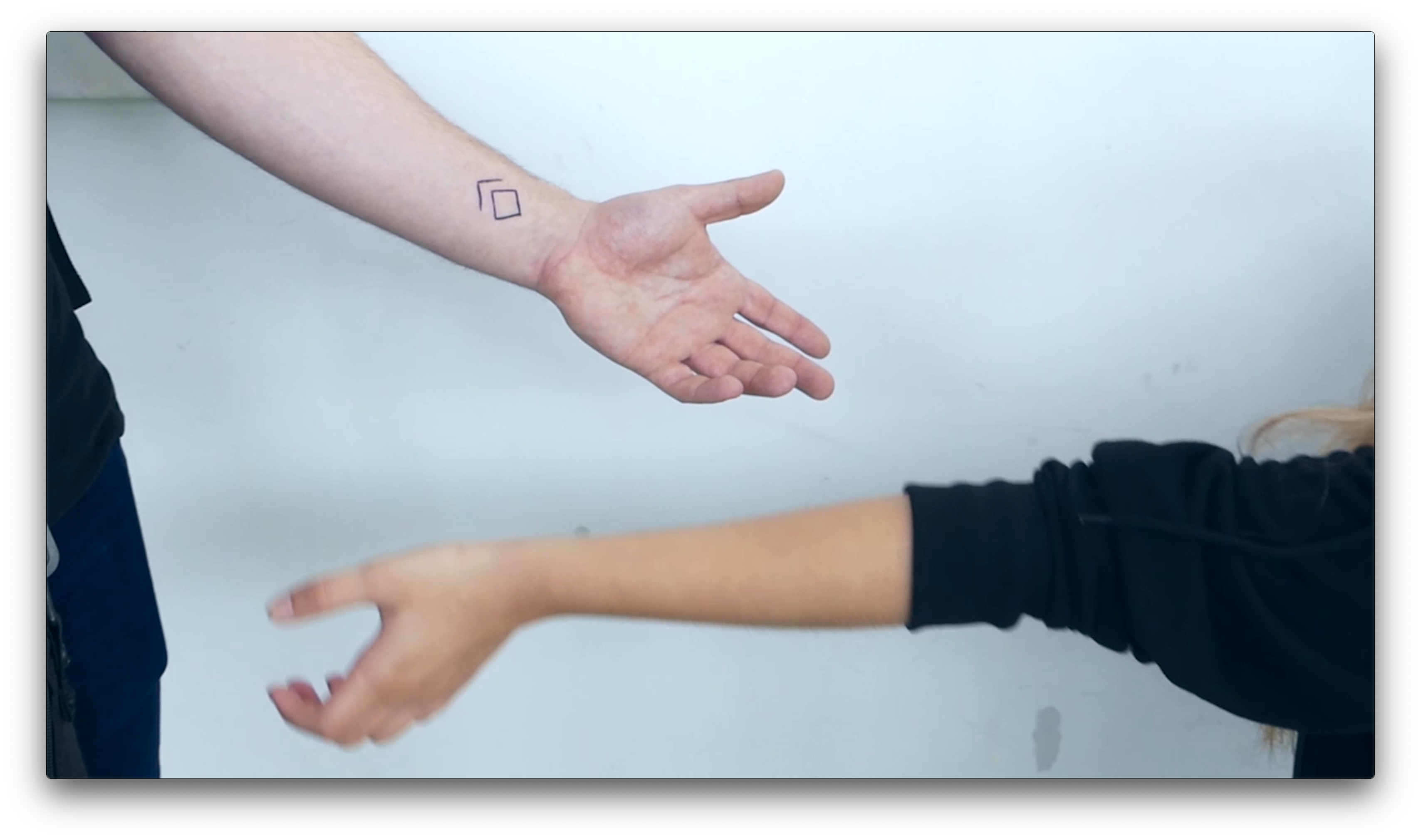
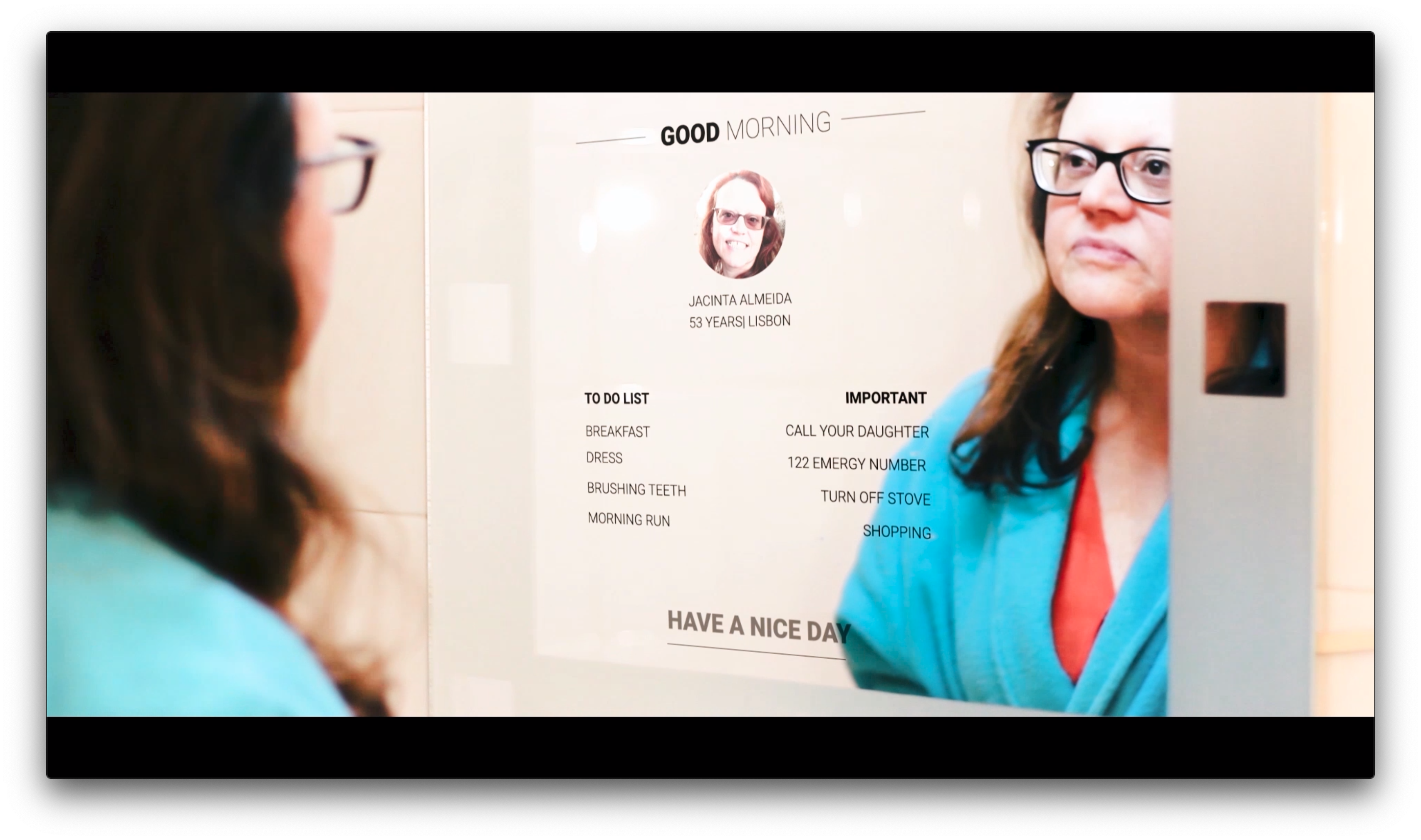
Deter Device, Beatriz Moniz, David Ferreira, Karolina Tishchenko
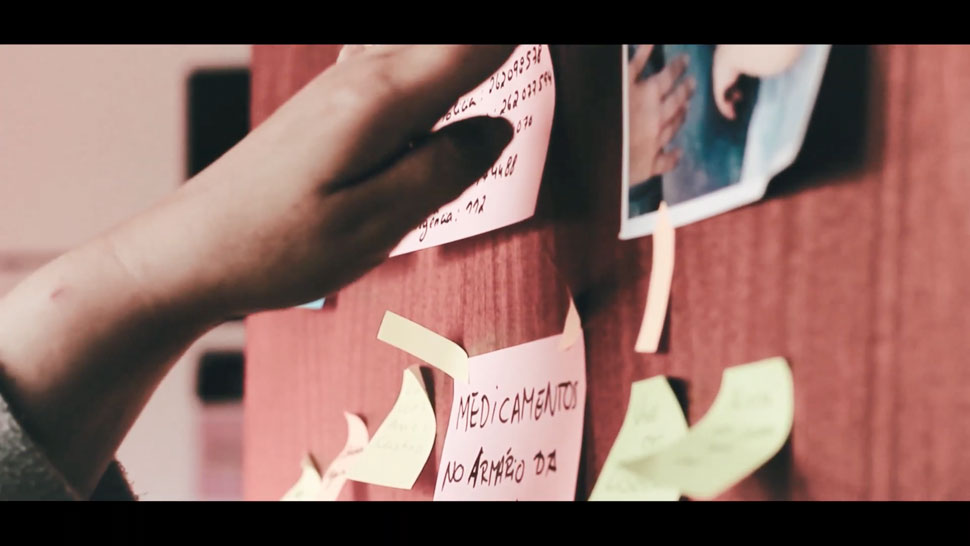
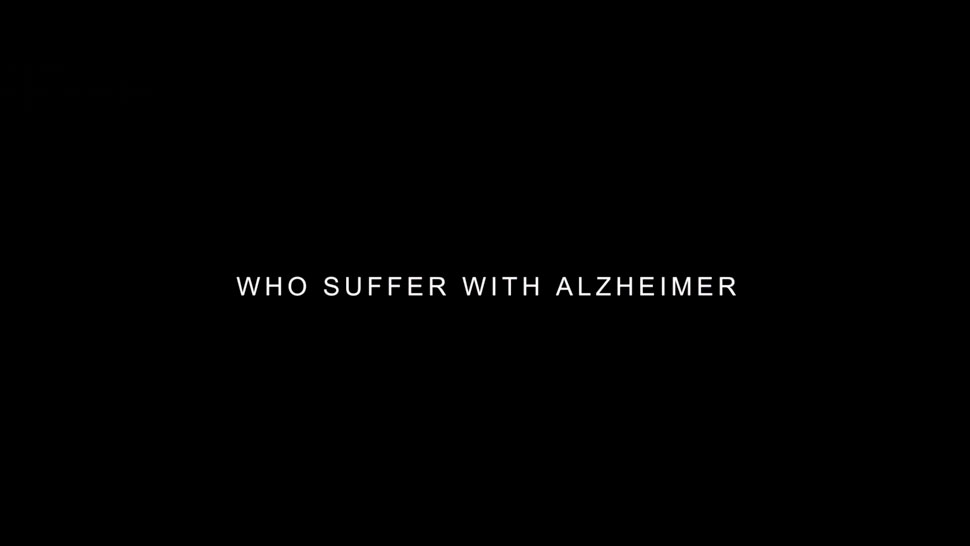
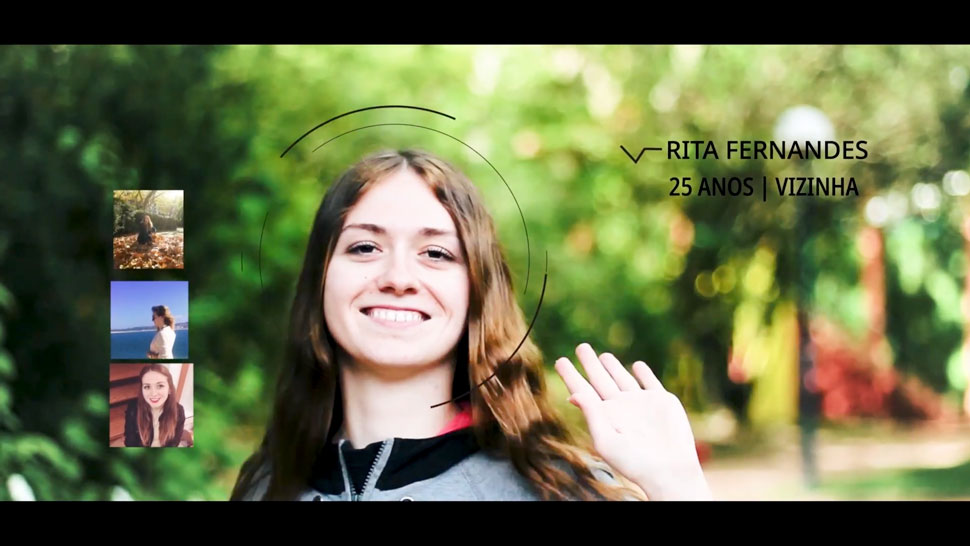
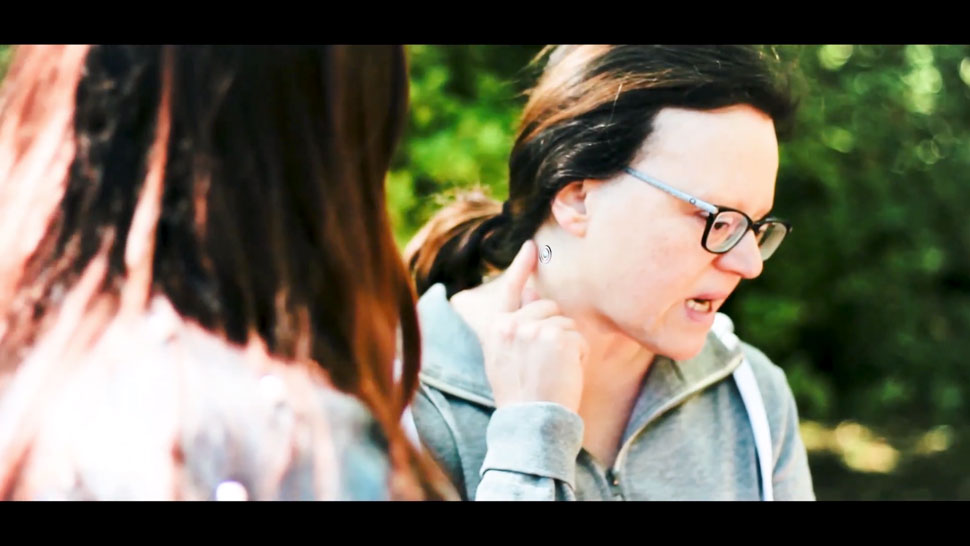
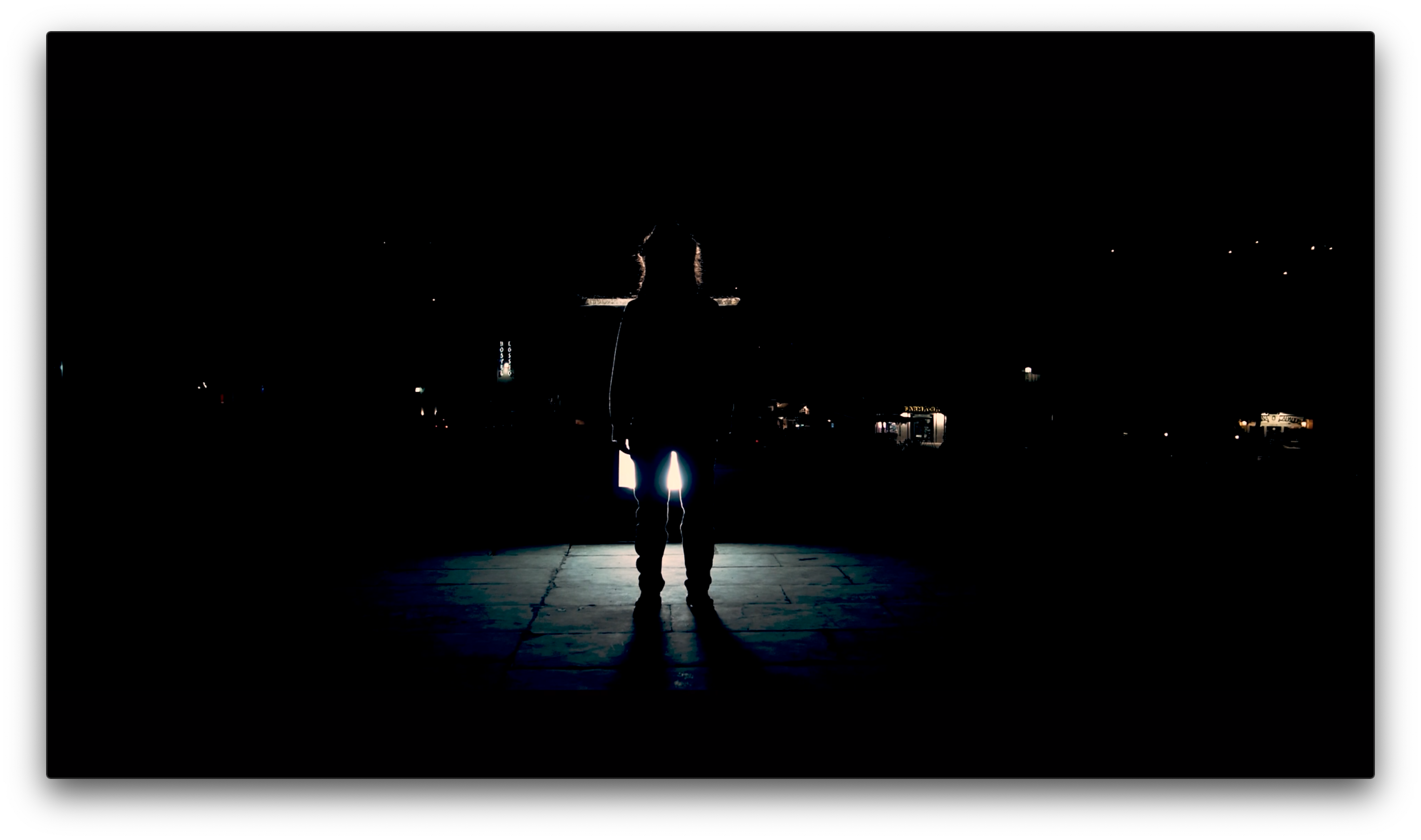
Recaller, Daniel Runte
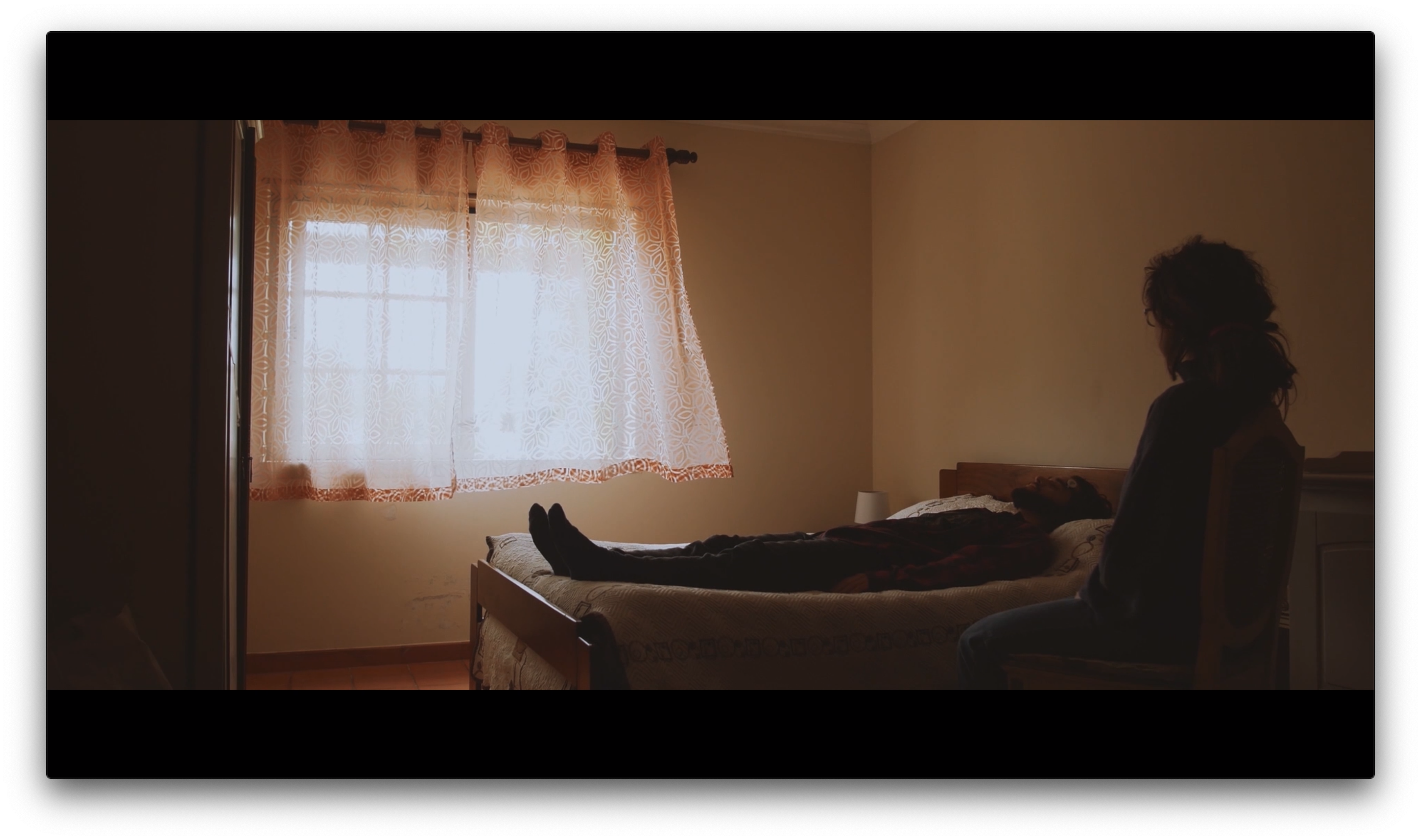

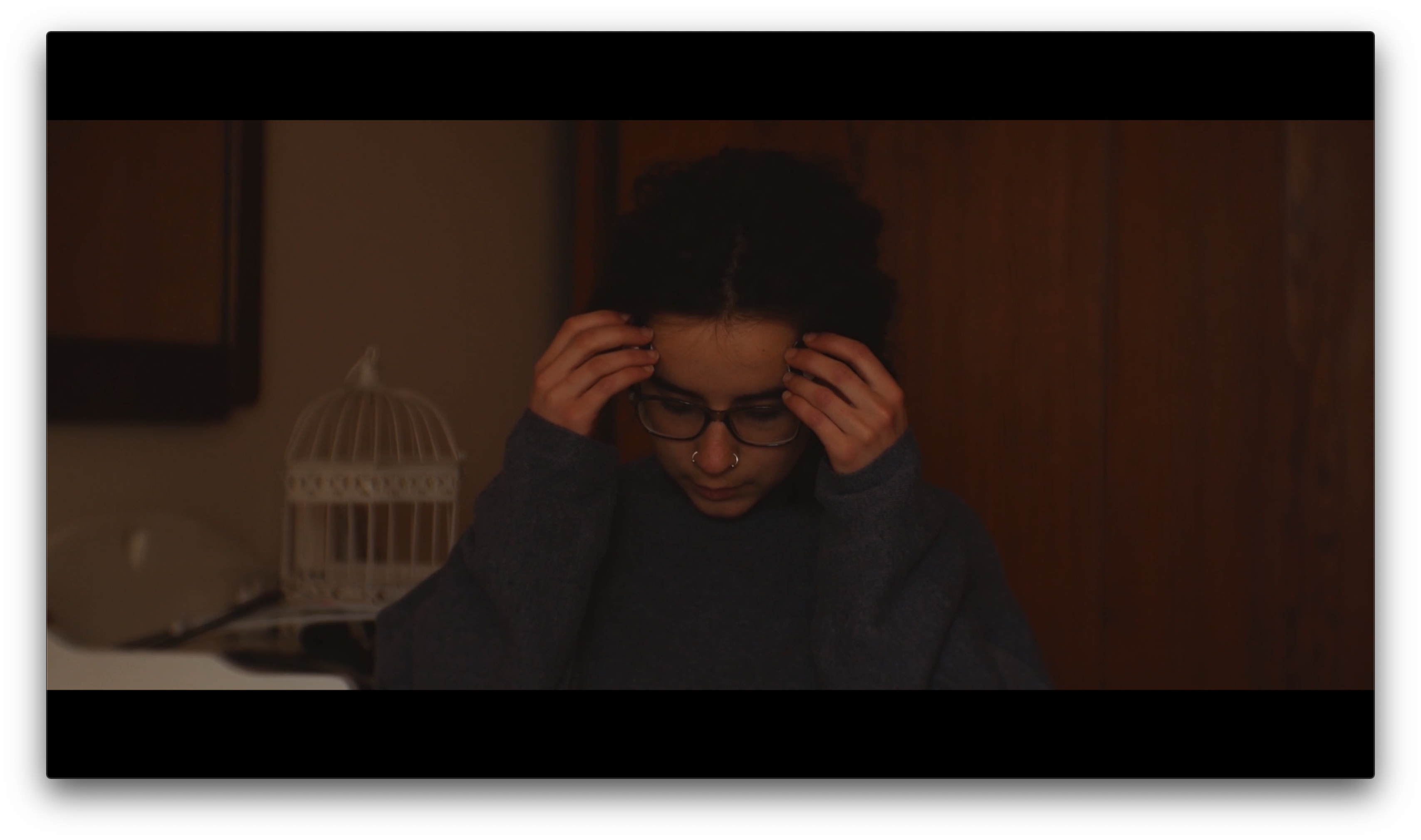
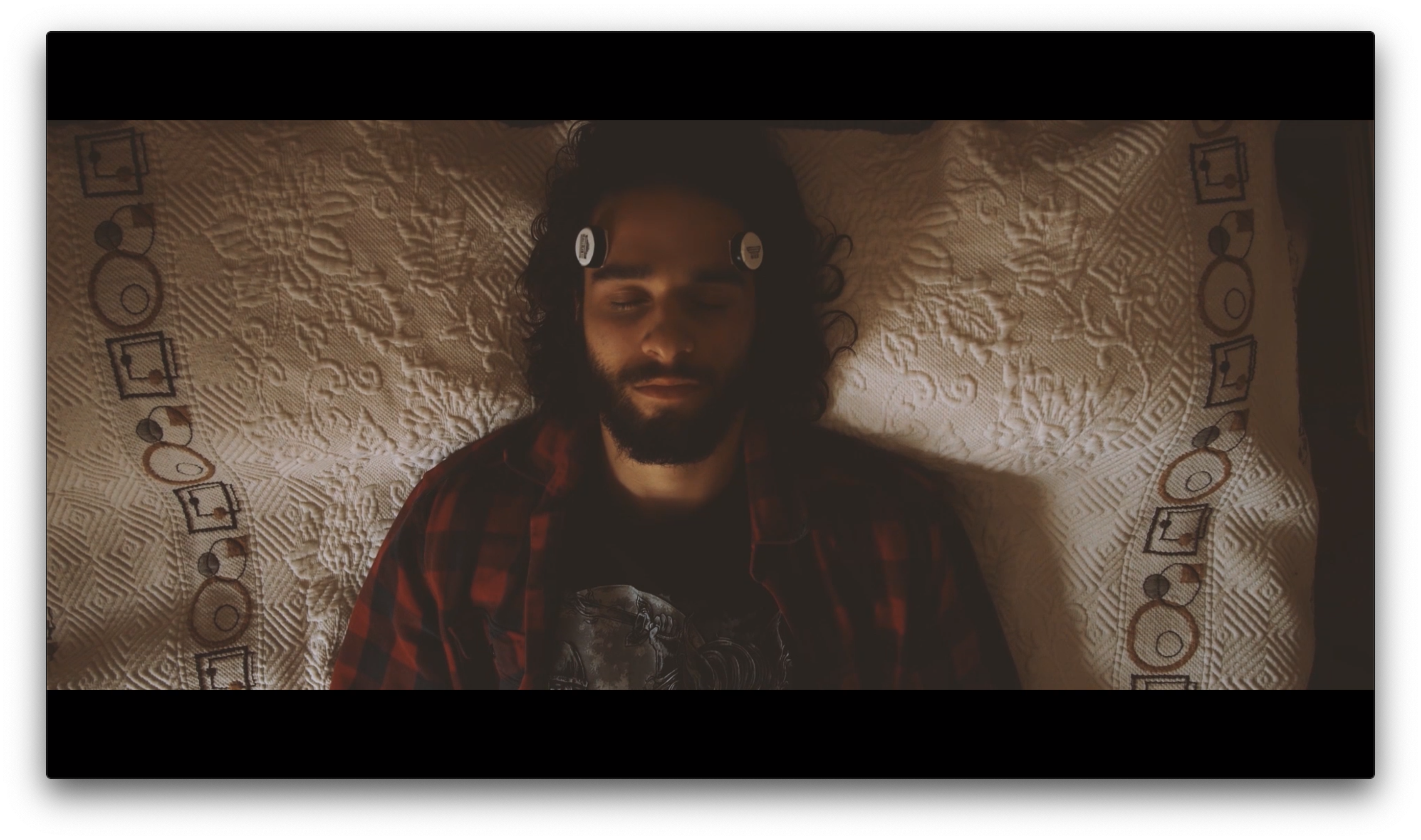
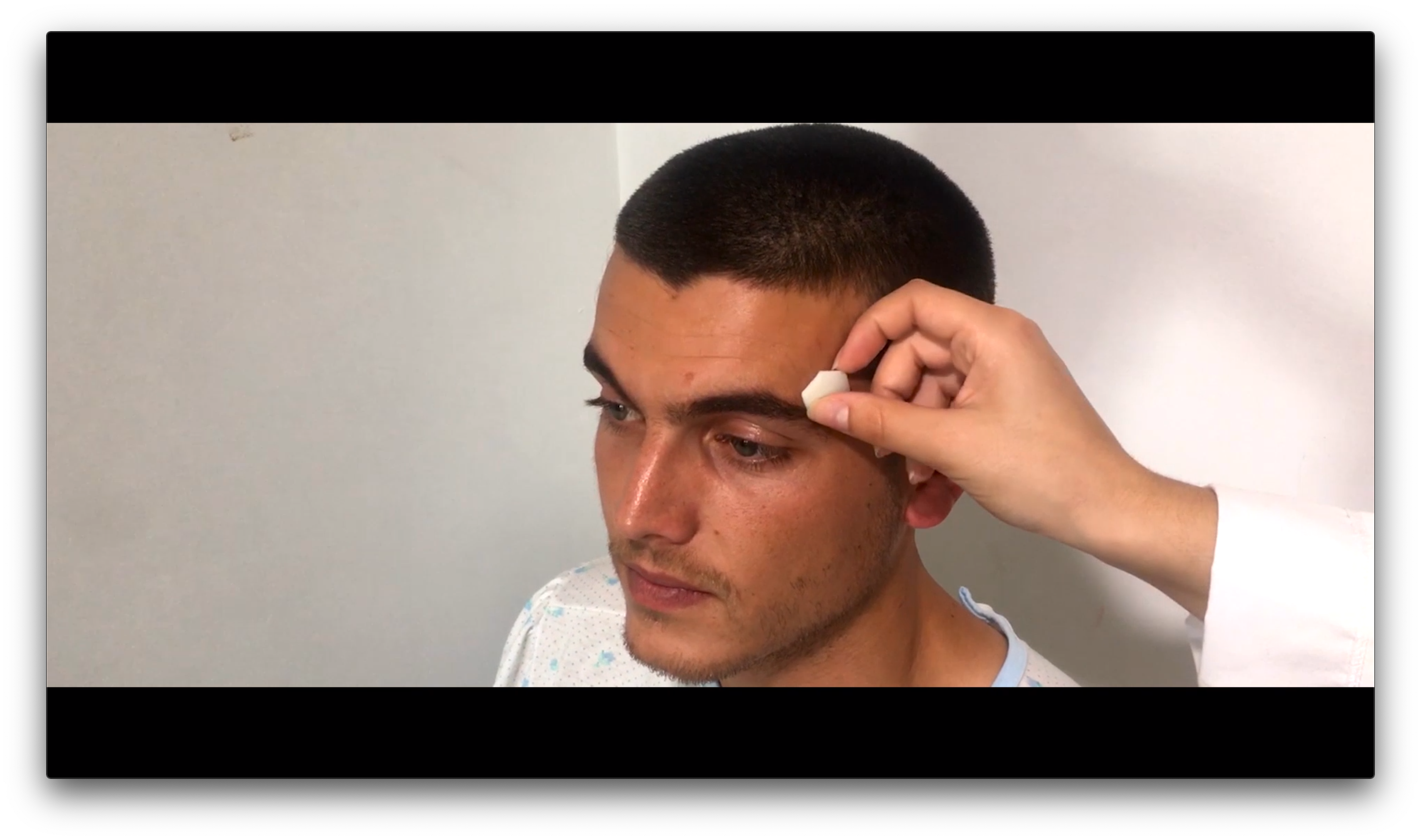
Reinsert, Denis Mendes, Miguel Carvalho, Rodrigo Pinto
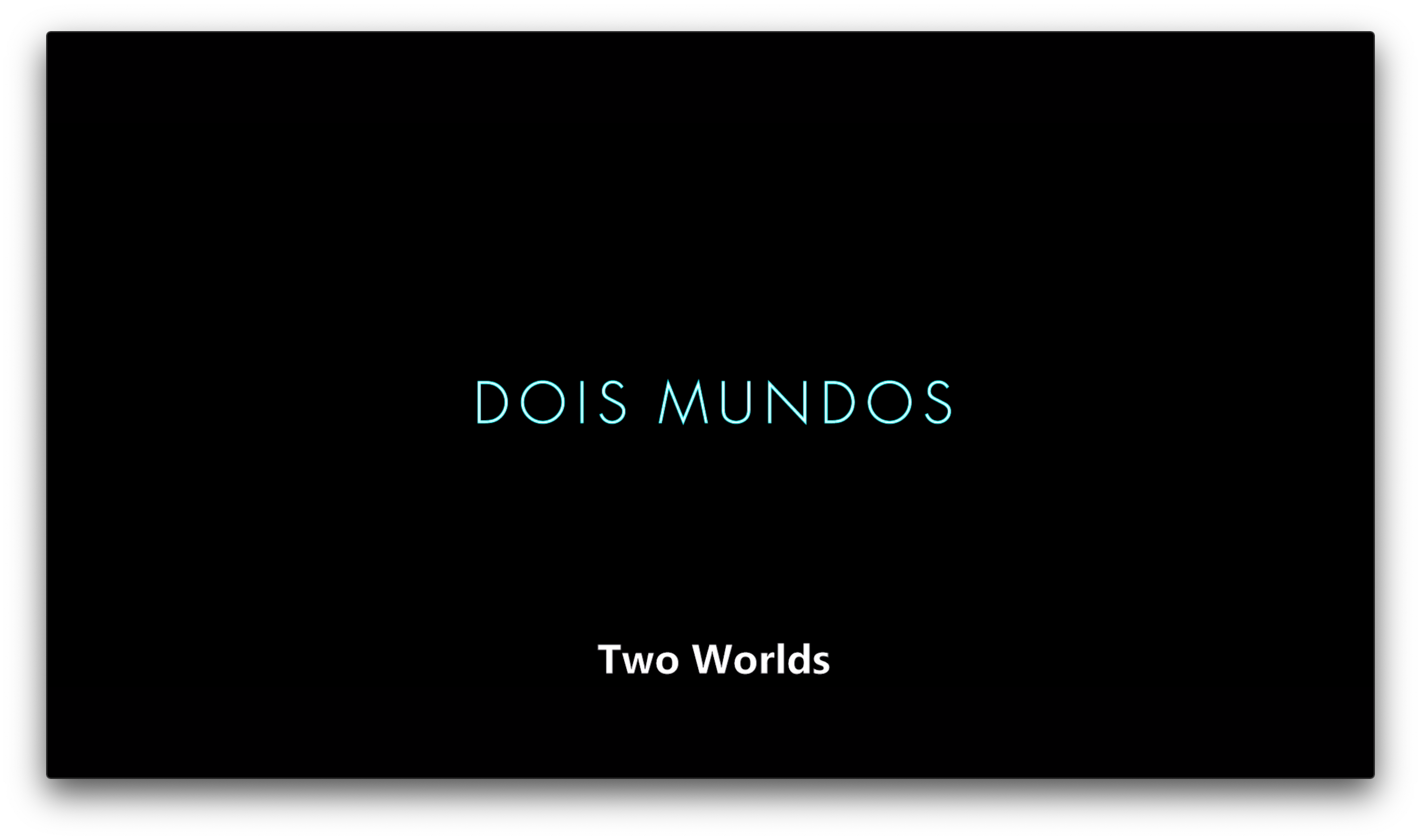
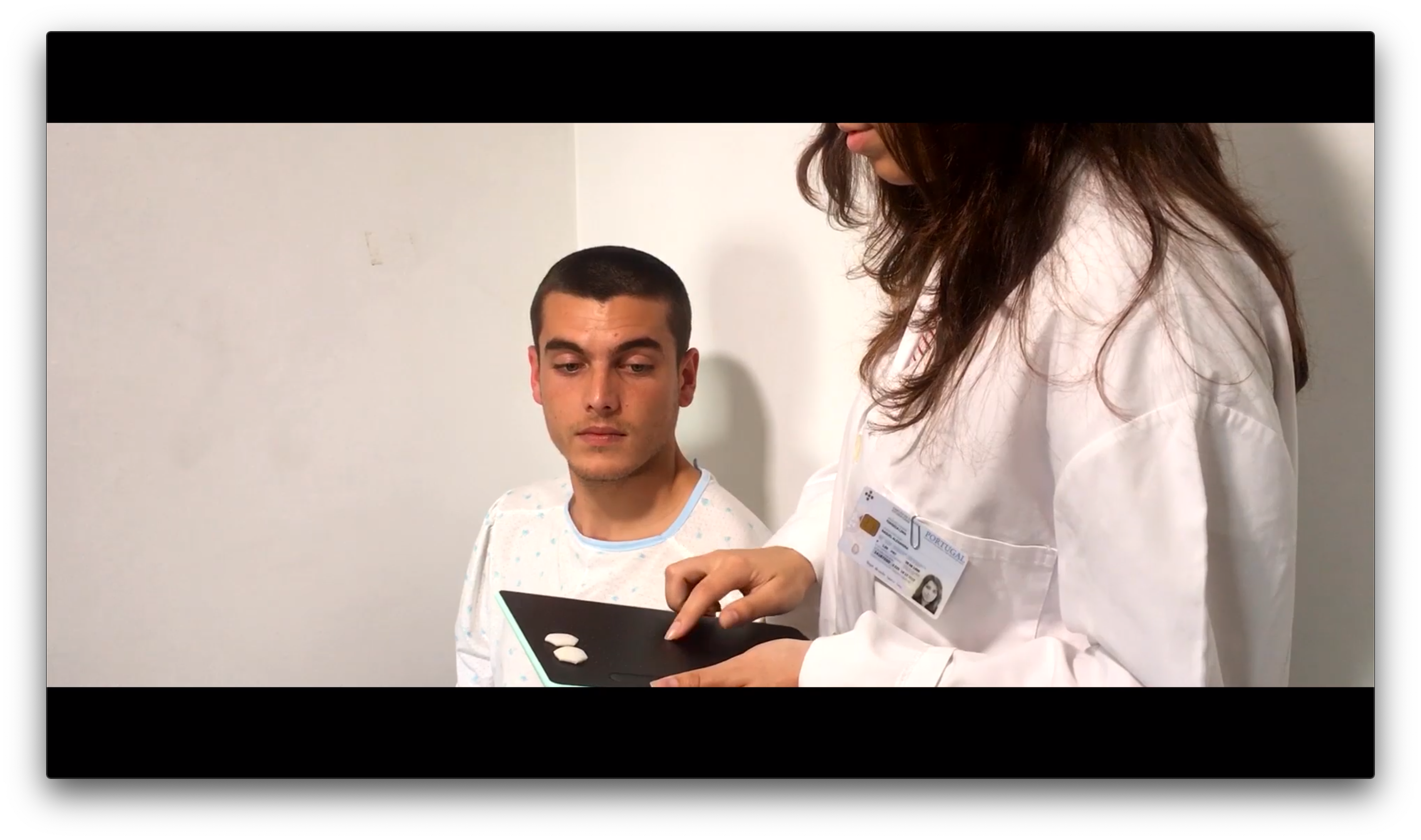
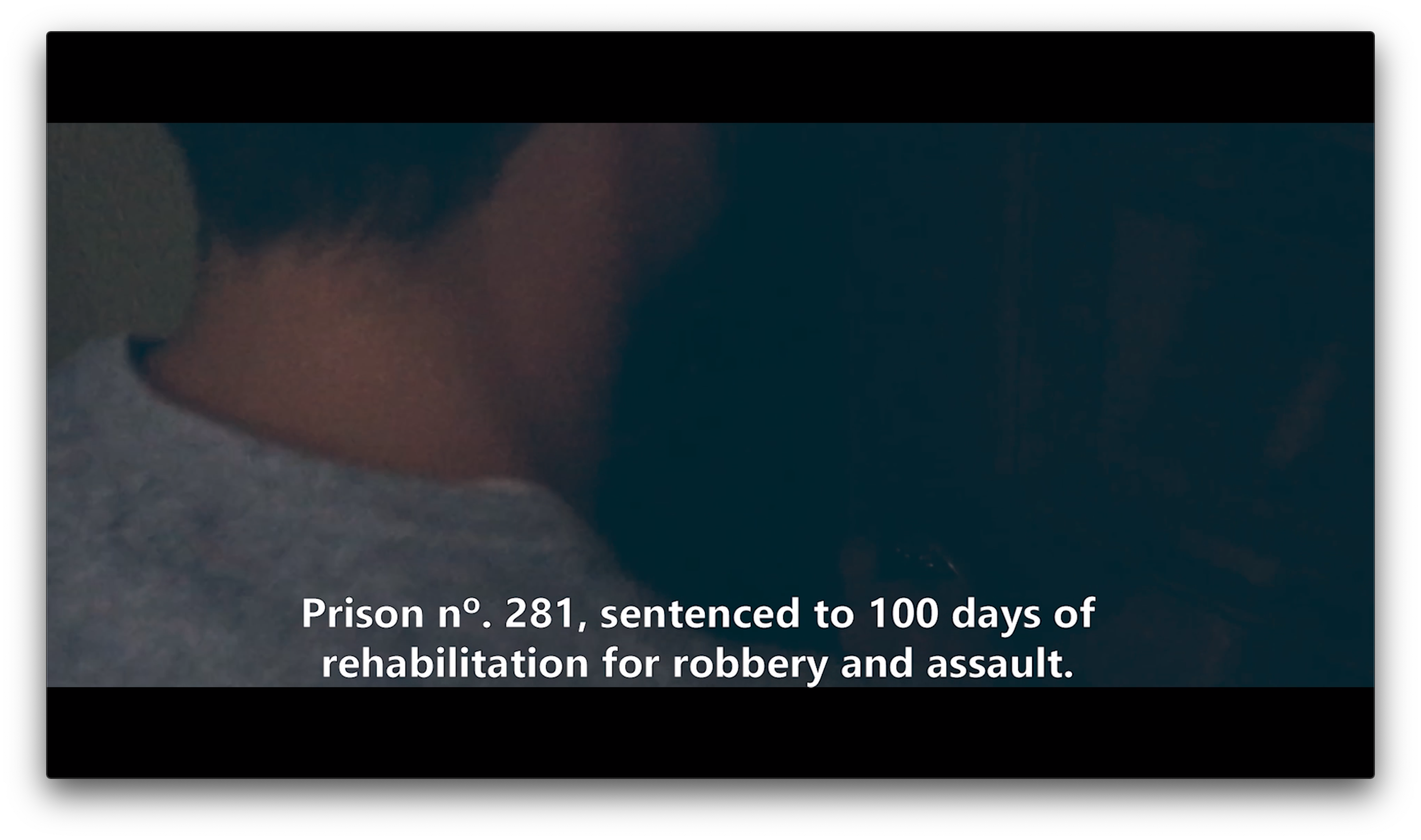
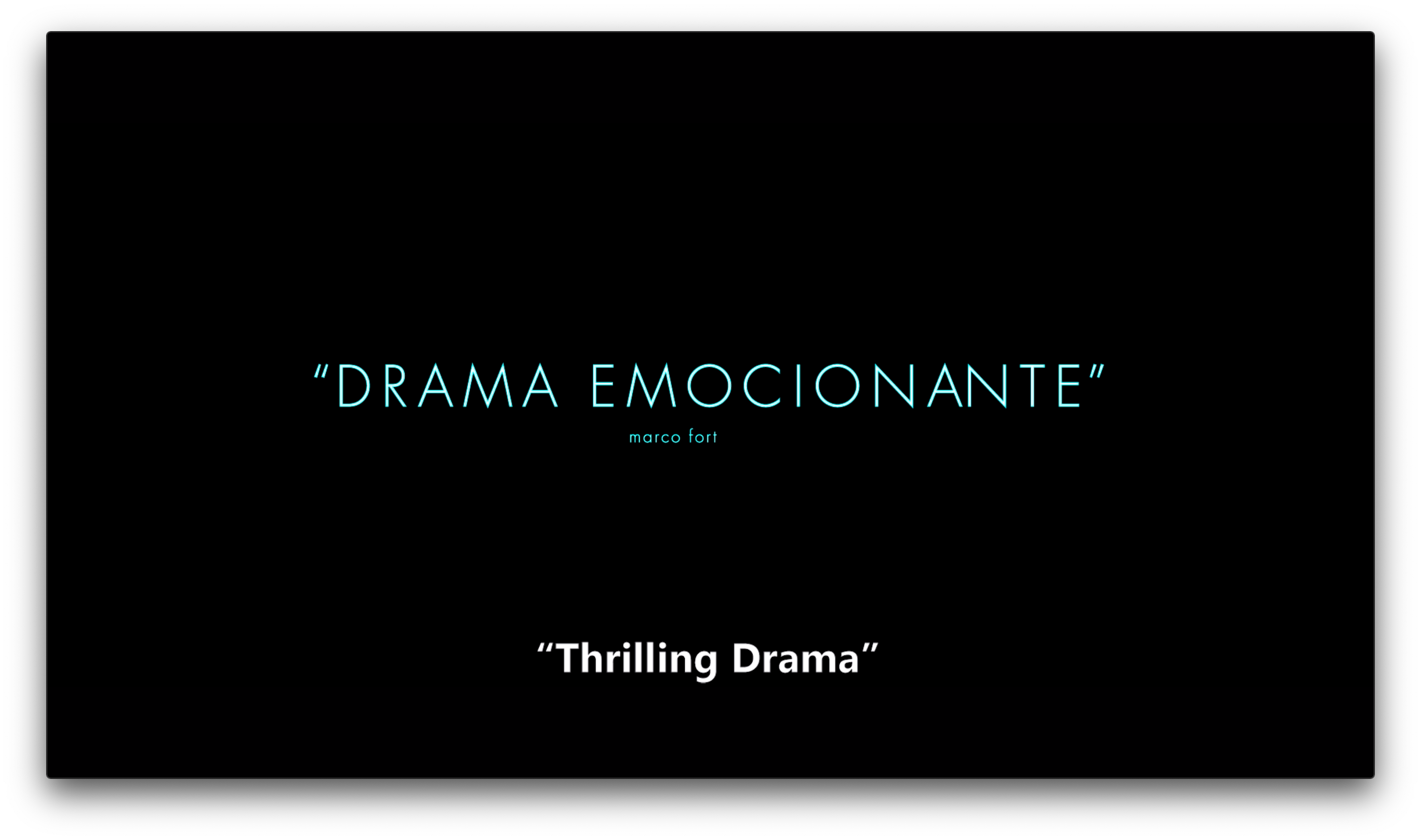
class methods
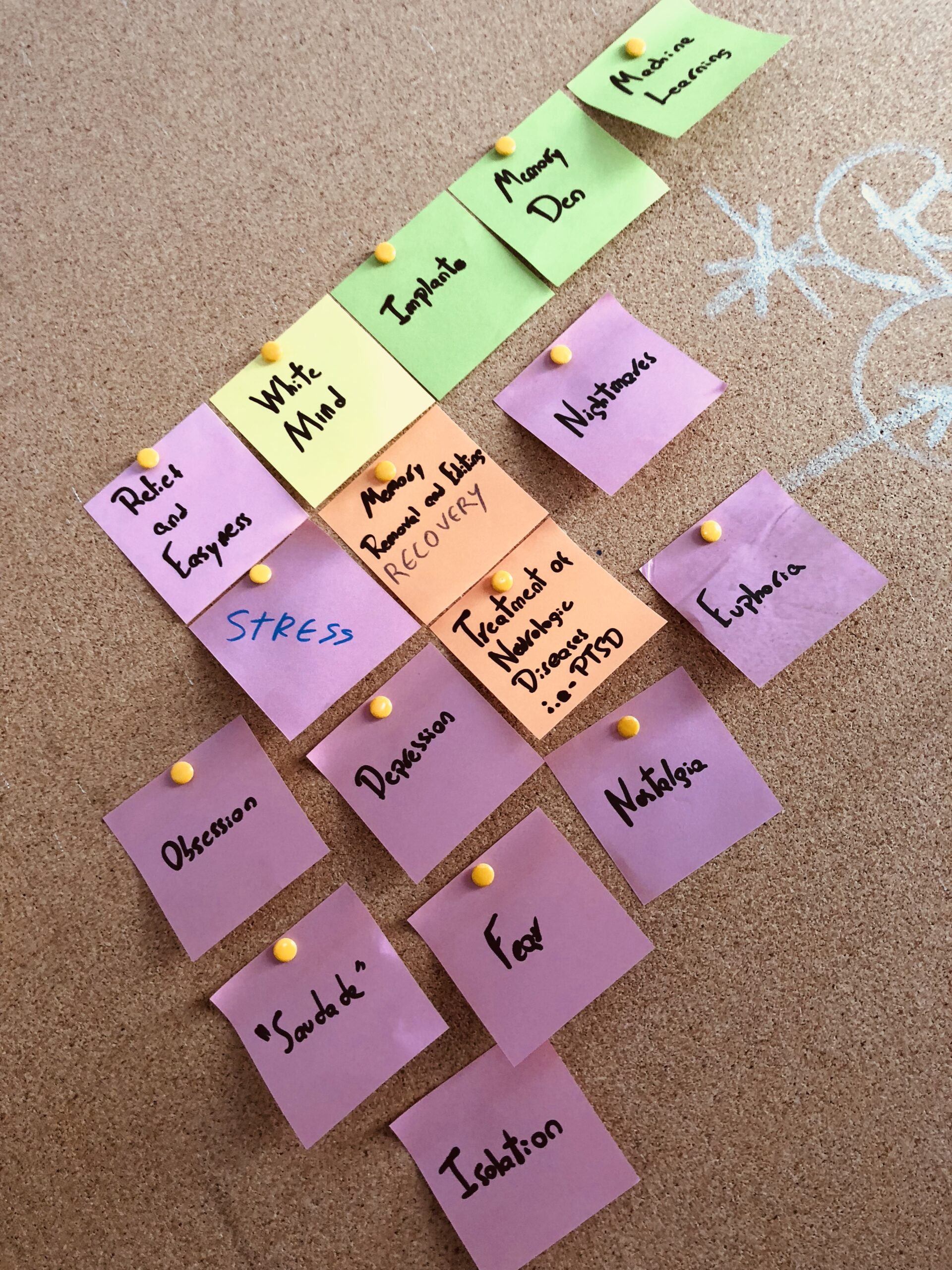
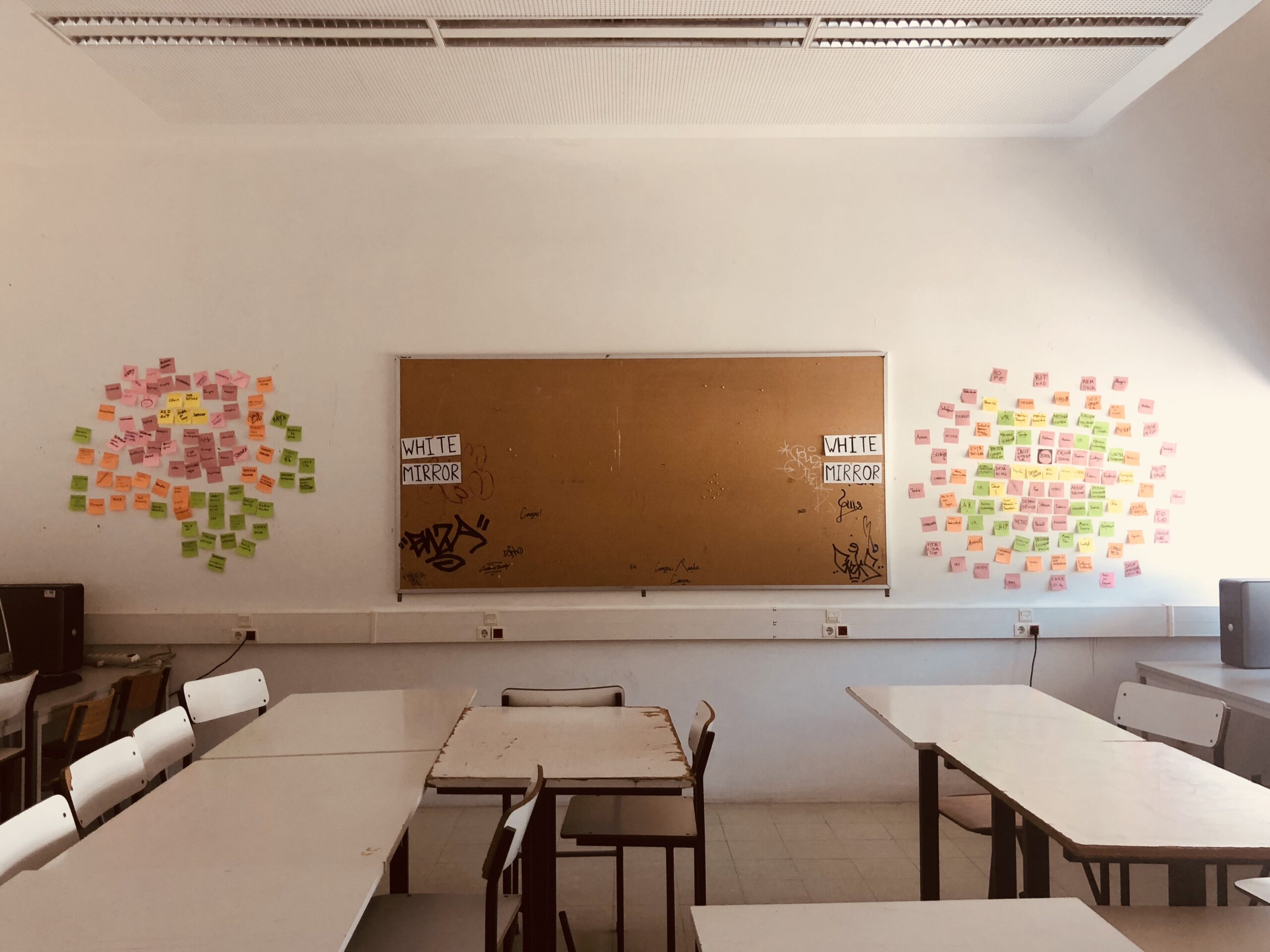
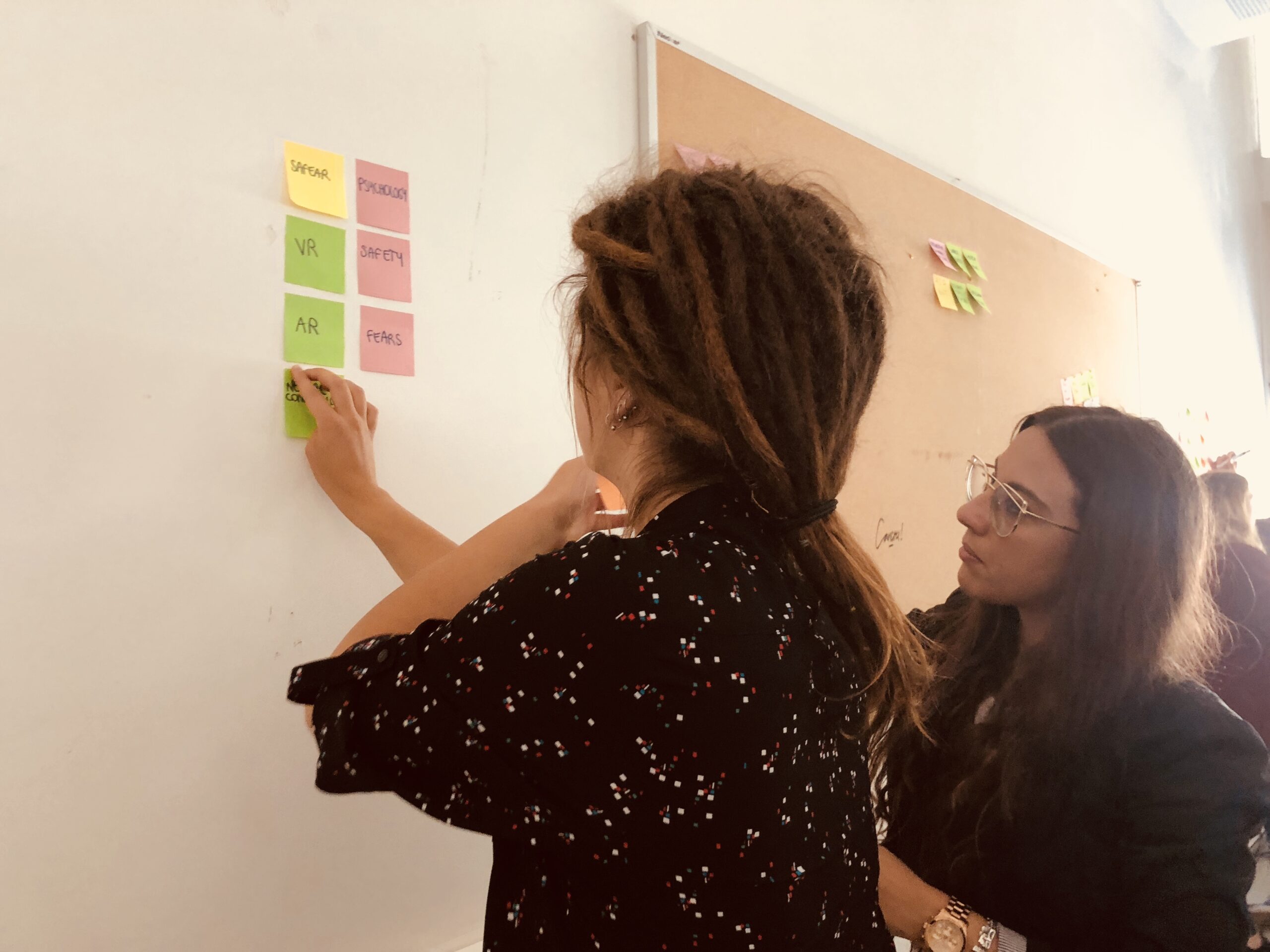
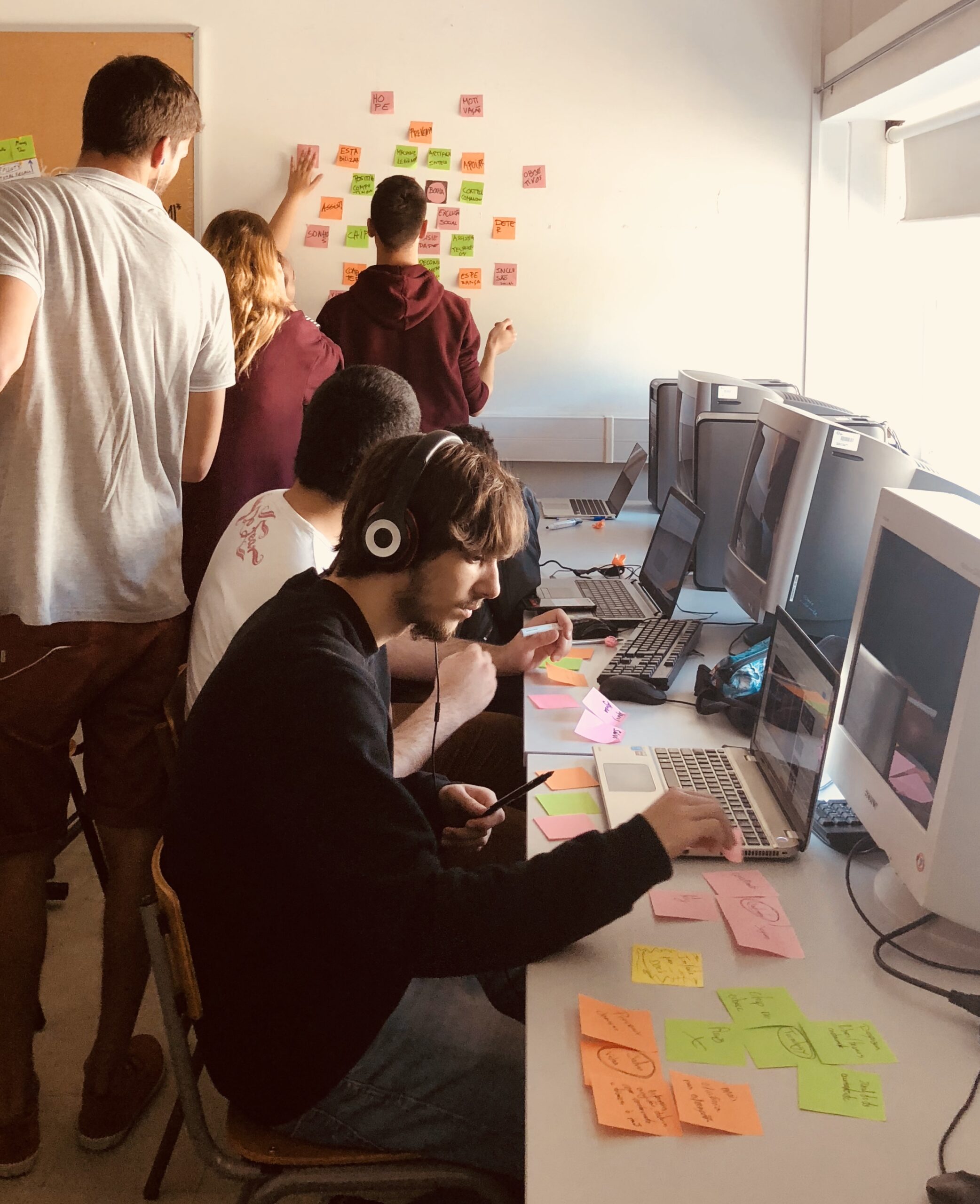
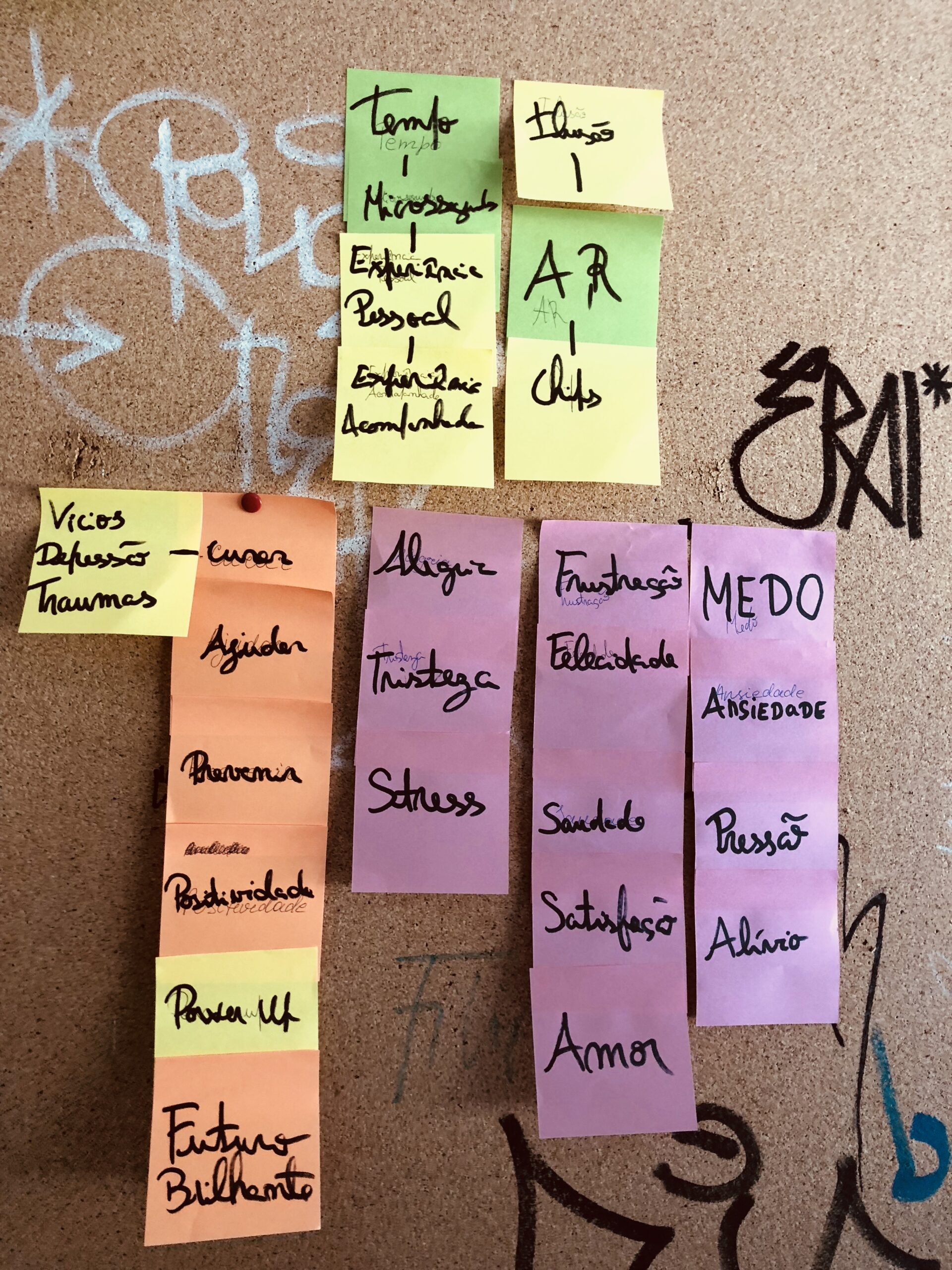
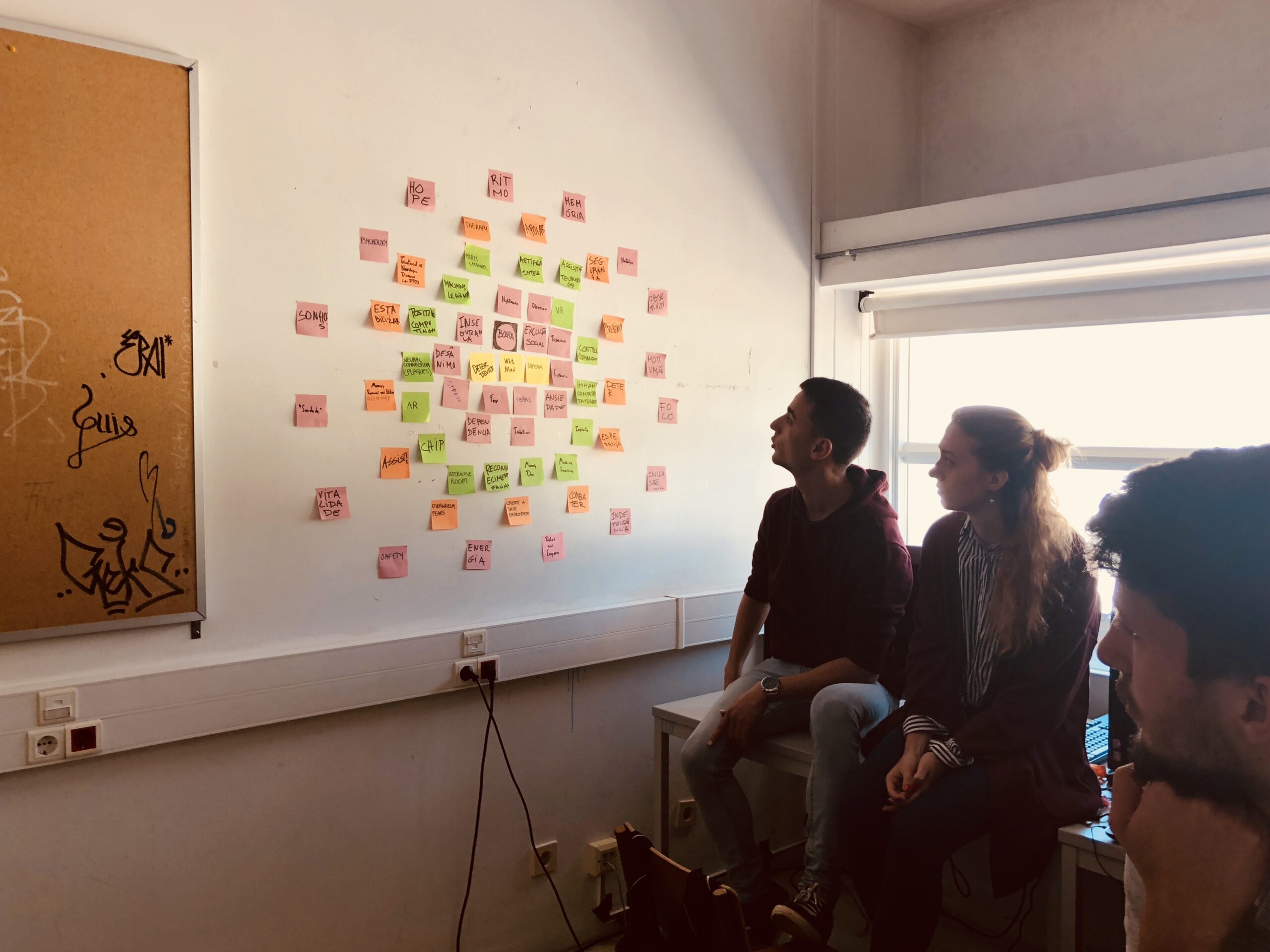
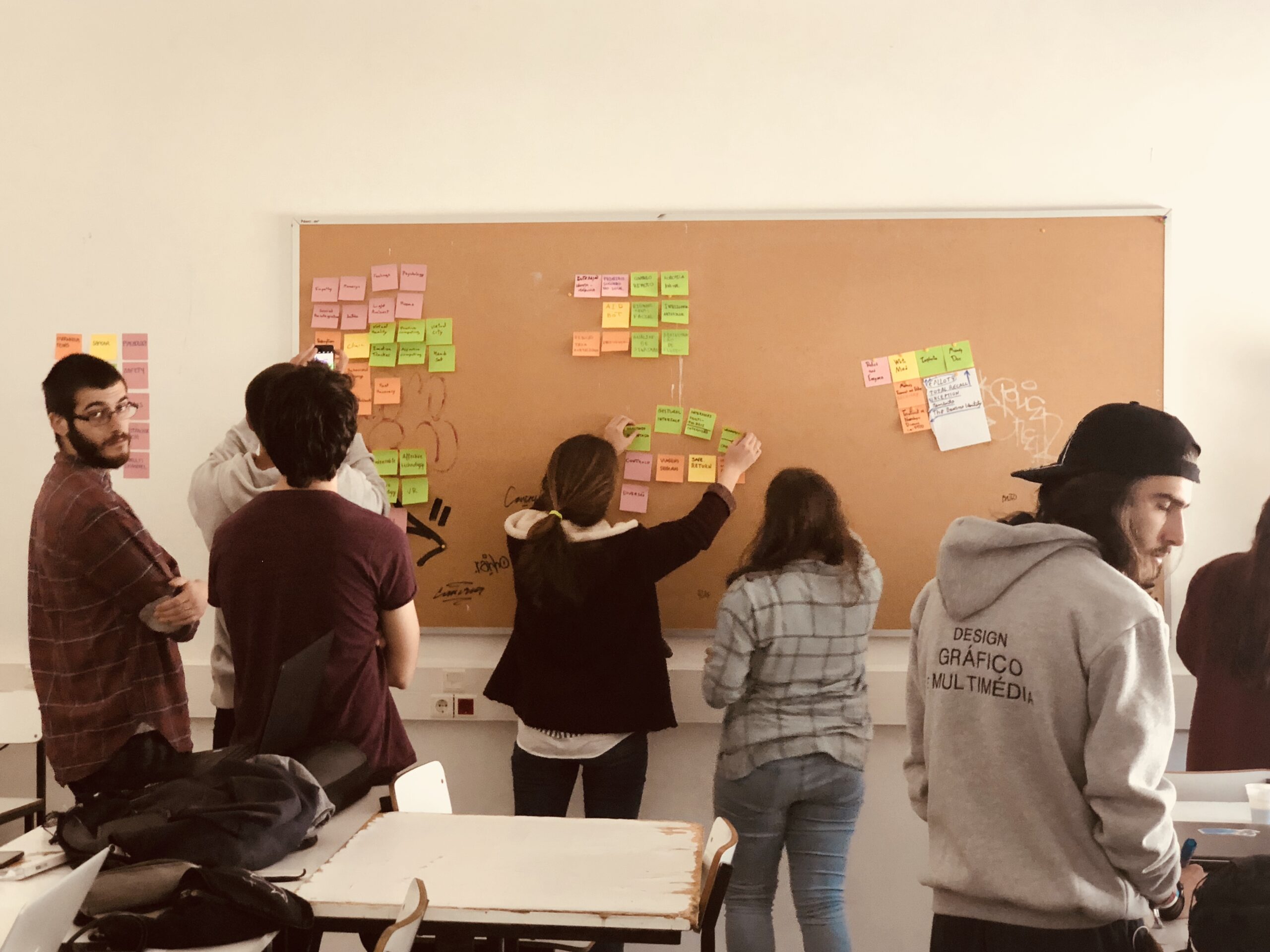
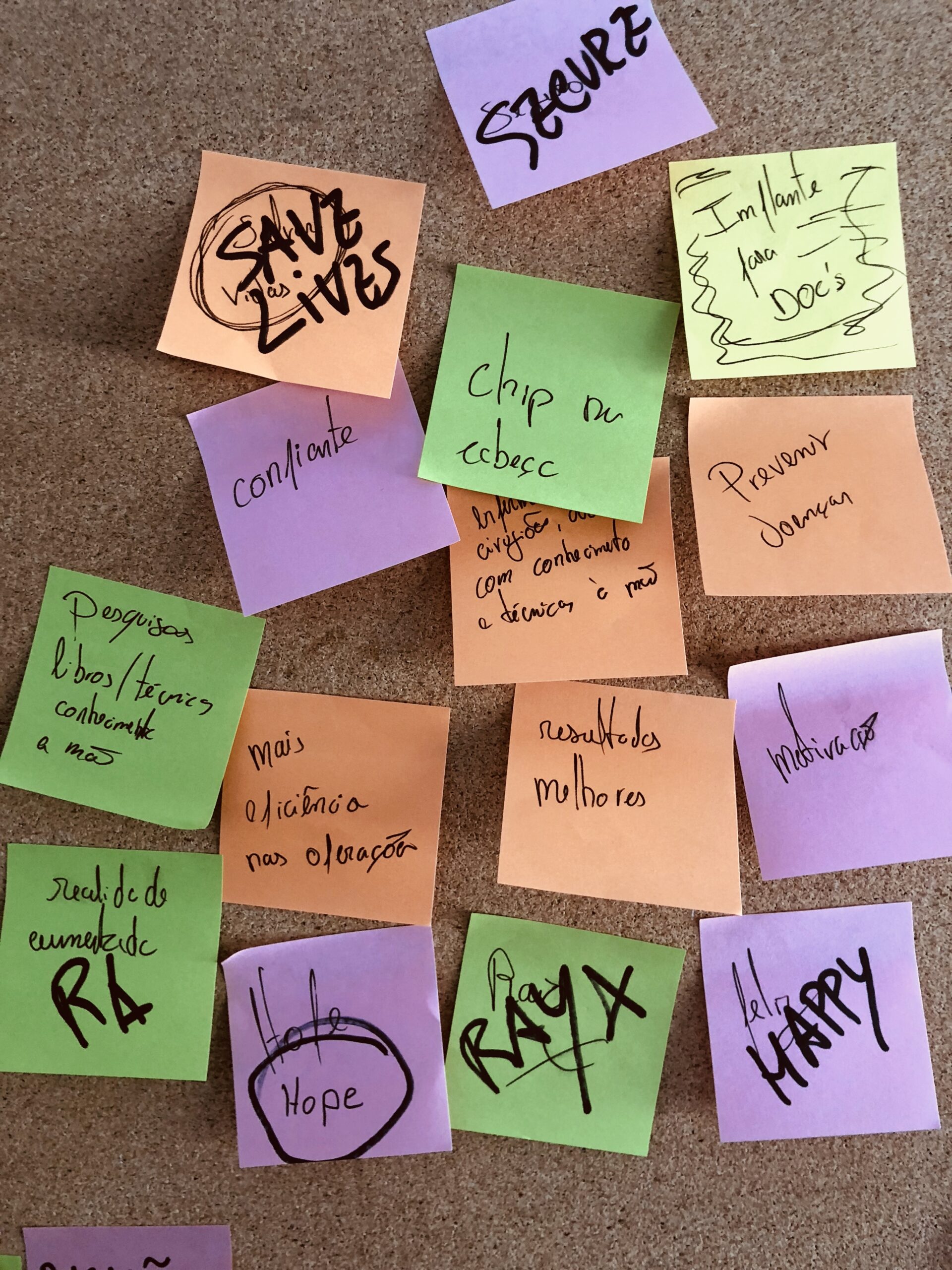
AFFINITY DIAGRAM
I utilized the affinity diagram method to organize the students' work into a cohesive masterpiece with a coherent narrative. Using different colored post-its, I instructed each group of students to categorize their trailers into four distinct areas: technologies used (green), goals and topics (orange), subjective data such as feelings (pink), and episode names (yellow). As a result of this process, two user groups emerged within the class: human security and human healing. The arrangement of the work was carefully planned to align with these two main groups, ensuring a logical sequence based on conceptual affinity.
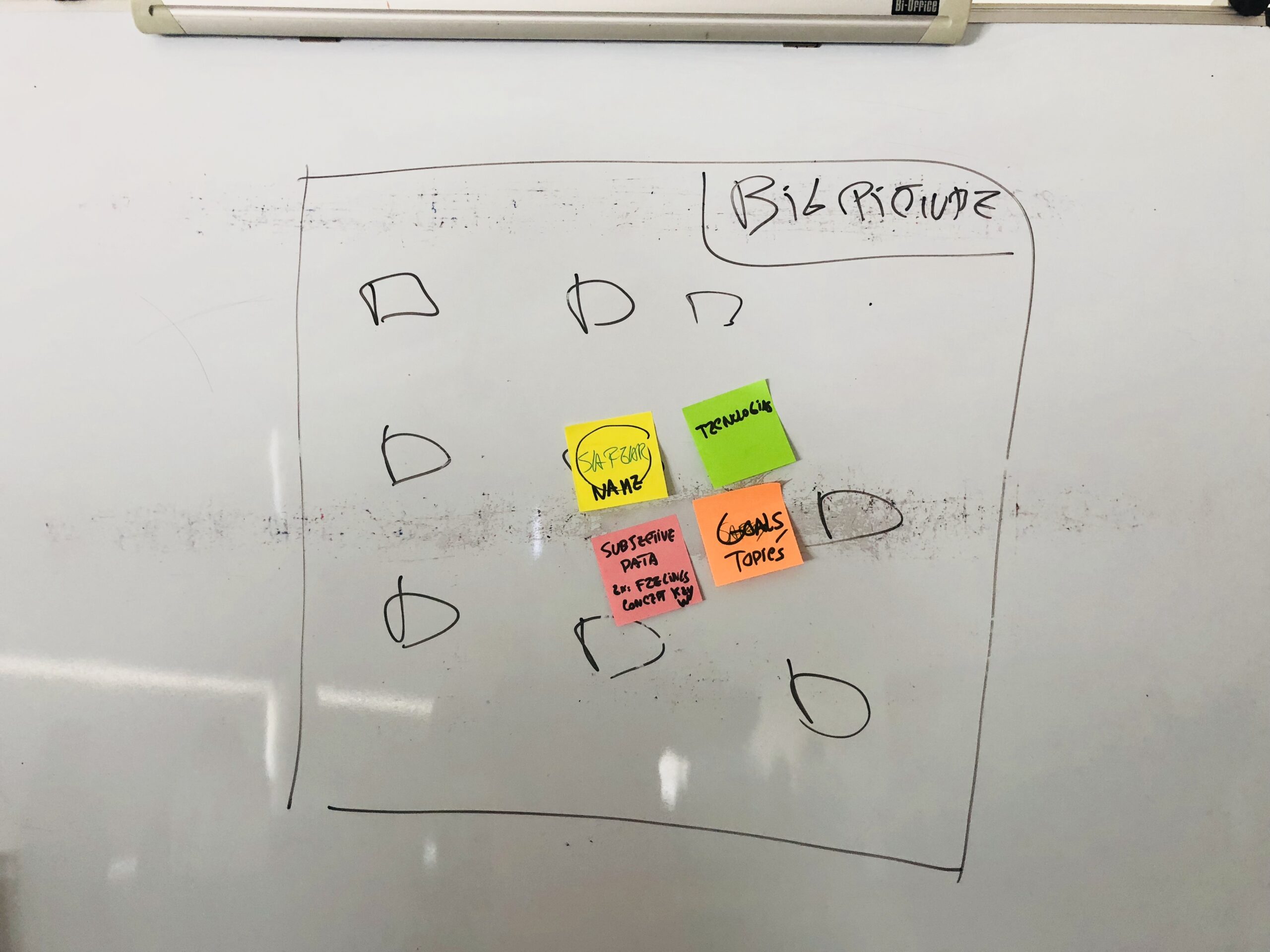

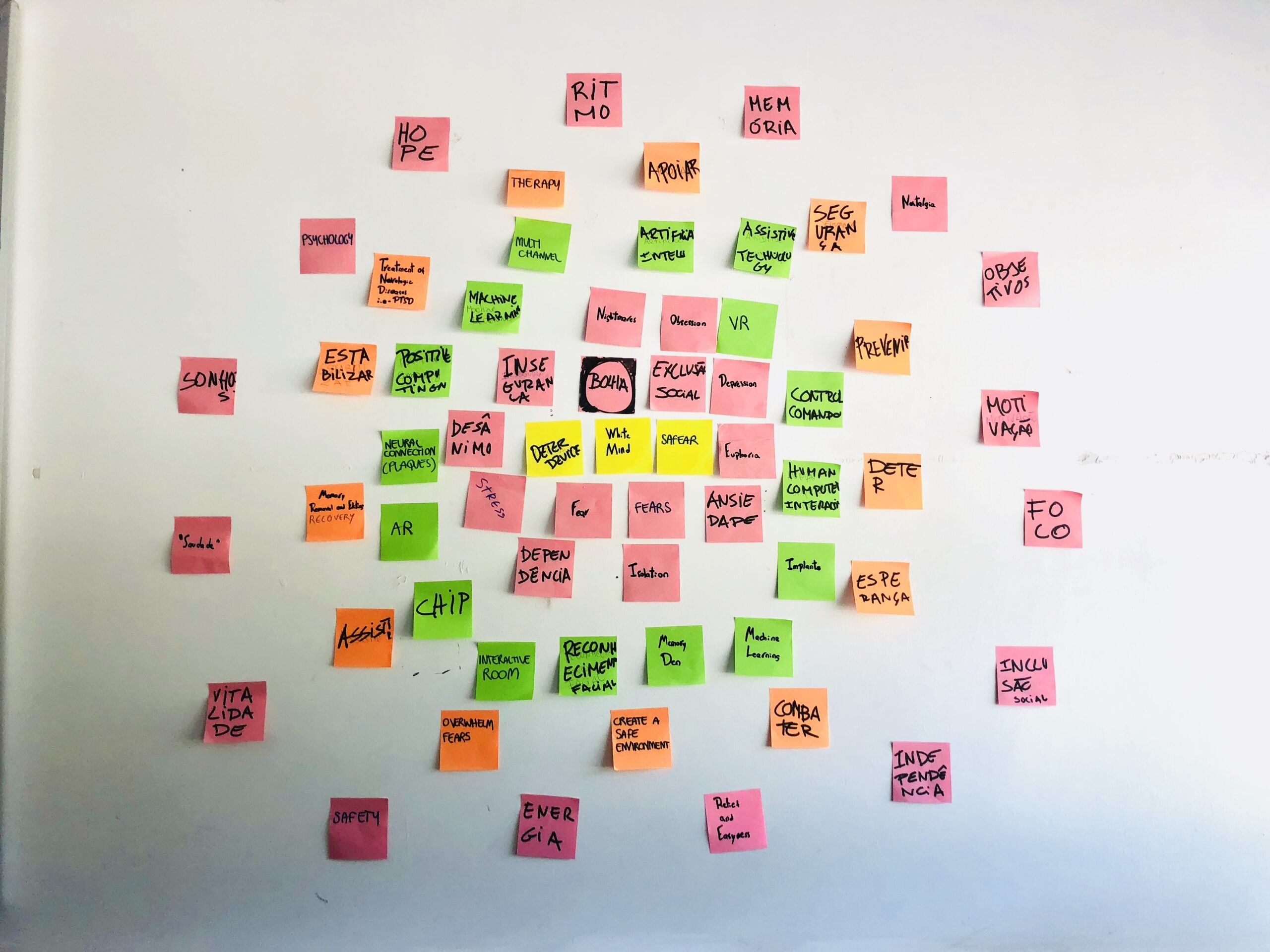
DEBATE WITH MEDICAL STUDENTS
One group of students was invited to present their trailer and project concept to a class of medical students from NOVA SBE at Telehealth curricular unit of the Medical course. The student designers explained their visionary approach on how technology can significantly improve the quality of life for individuals coping with chronic diseases in their daily lives through assistive interfaces and devices. The medical students, drawing upon their clinical knowledge, embraced the role of the designers in fostering possibilities to enhance people's health. They provided valuable insights from a medical perspective, enriching the discussion and highlighting the collaborative potential between design and medicine.
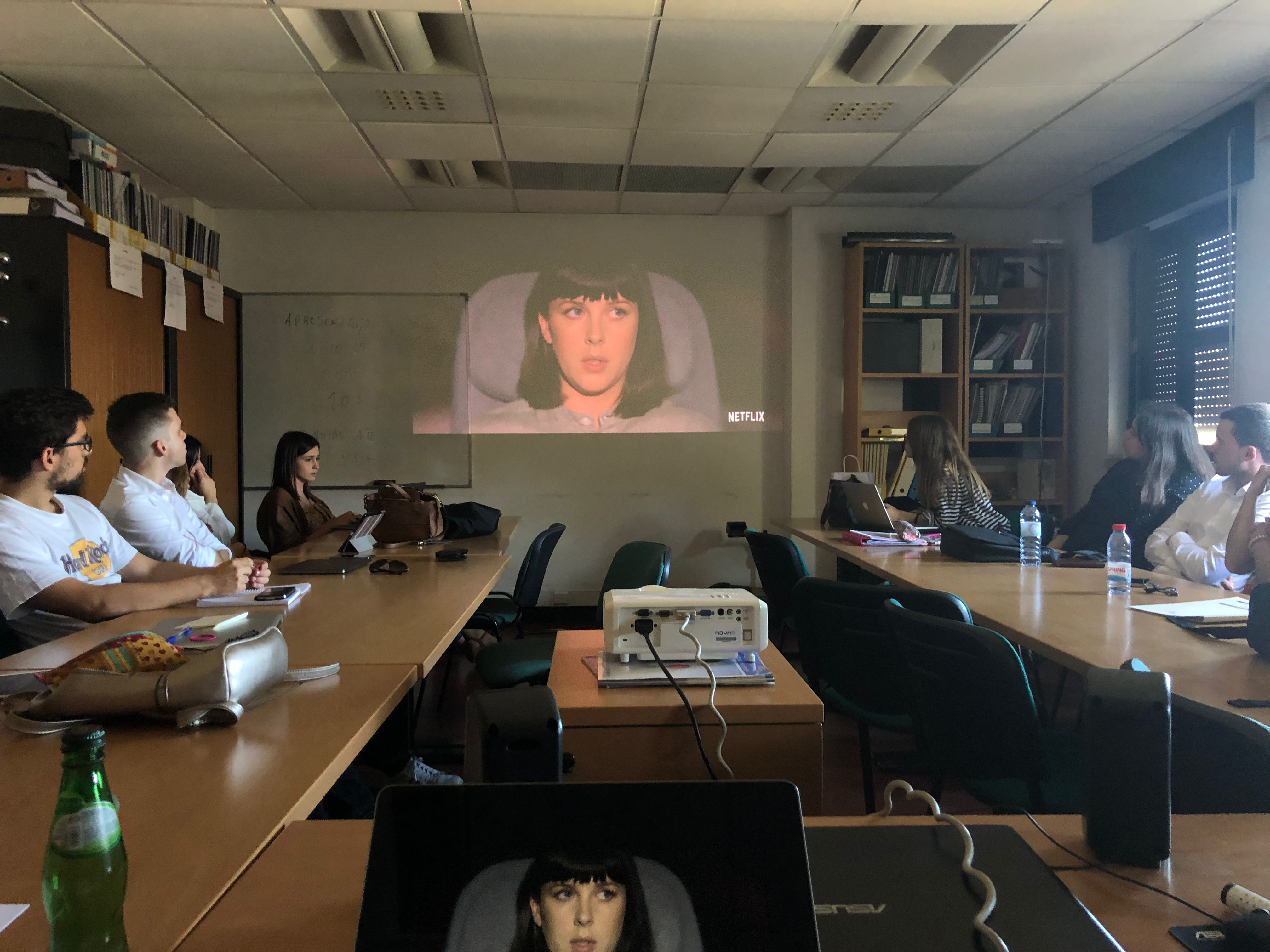
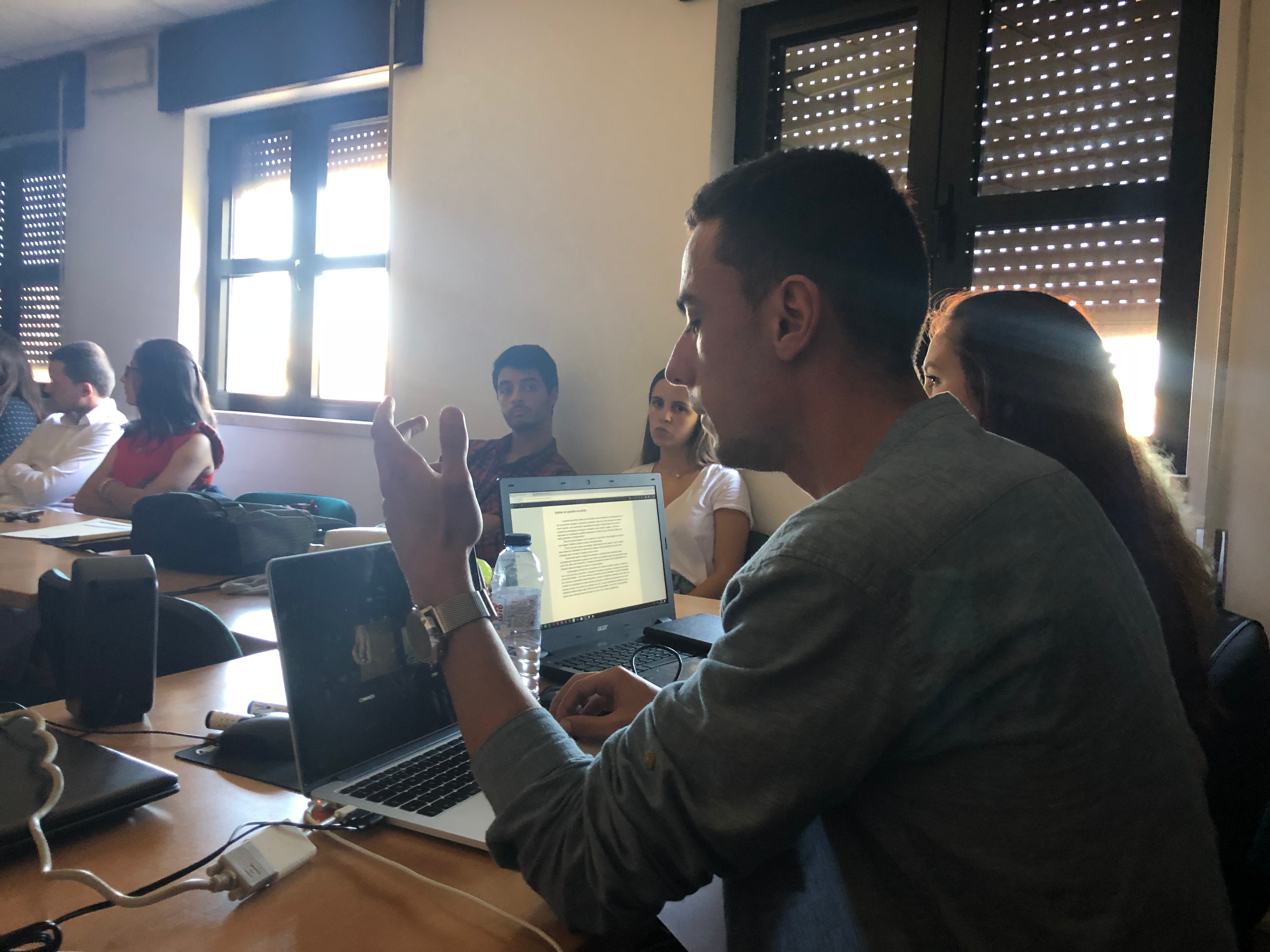
white mirror trailers
In the end, all class work was compiled into a digital masterpiece with a coherent narrative. The sequence of the work was thoughtfully arranged based on the affinitty diagram method results. This final work was presented at MW Symposium.